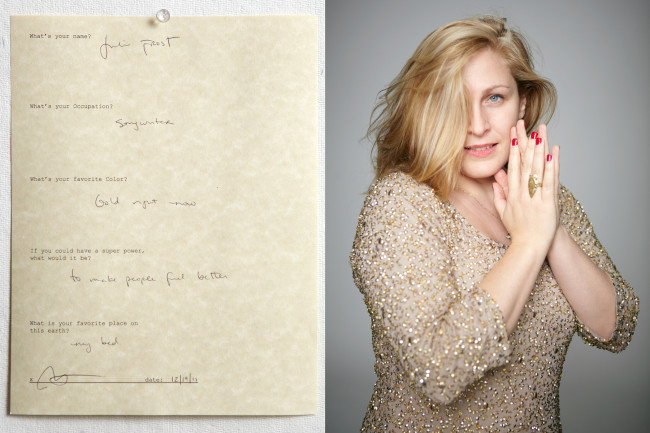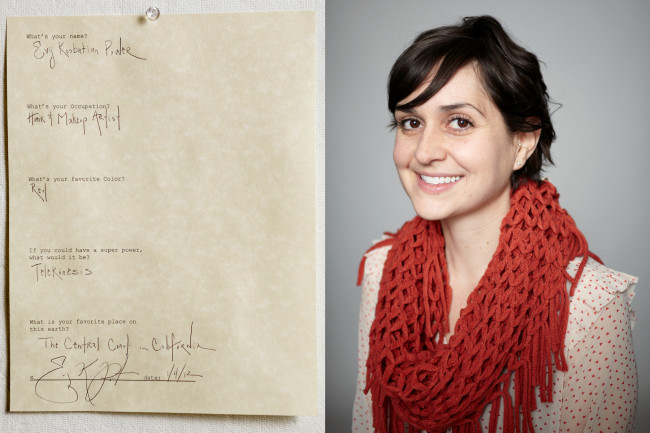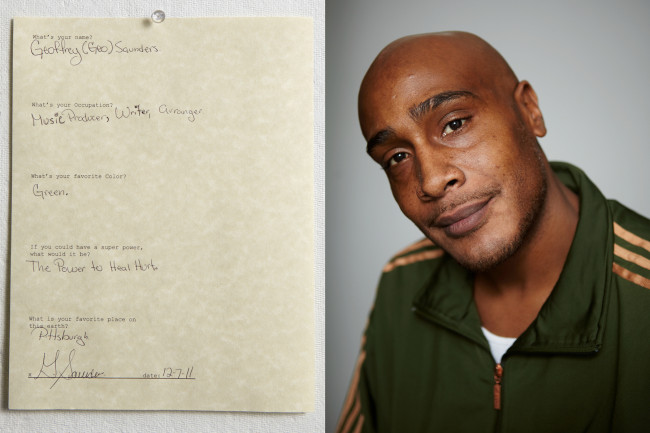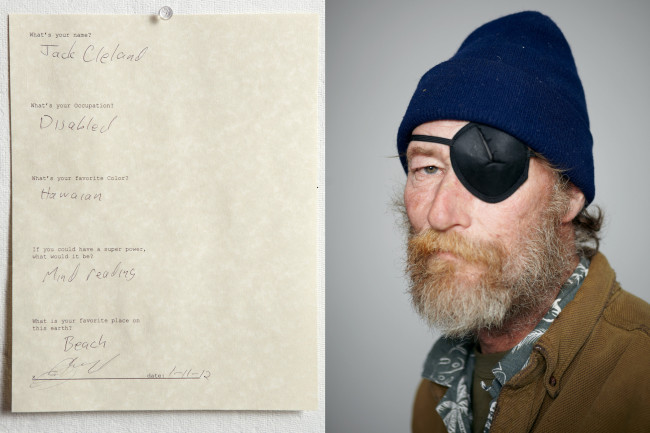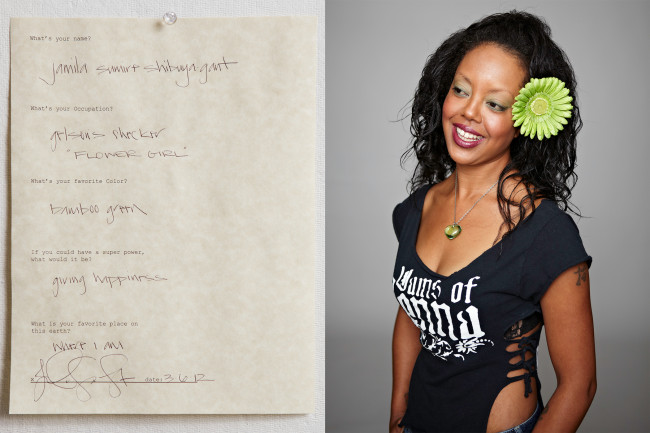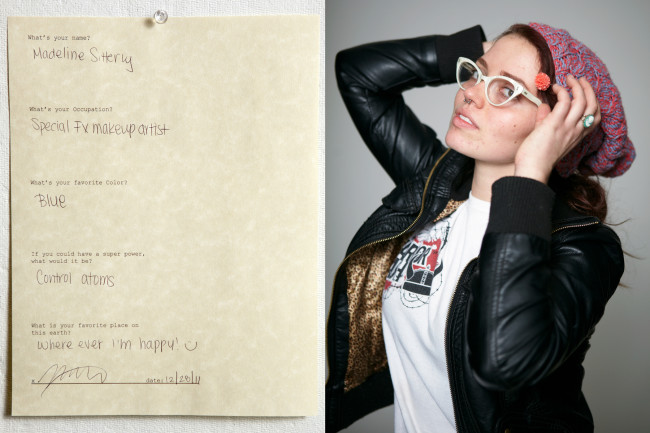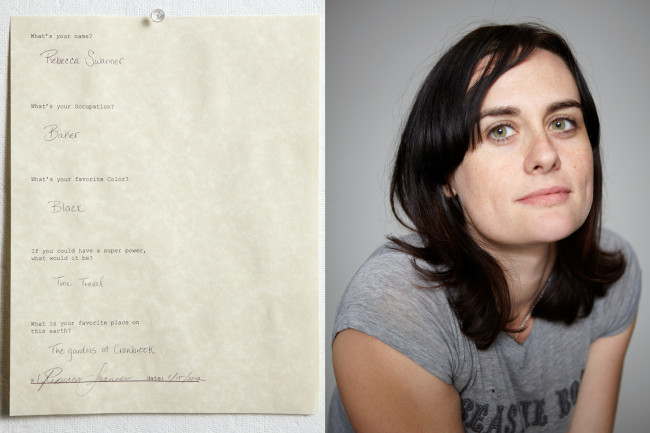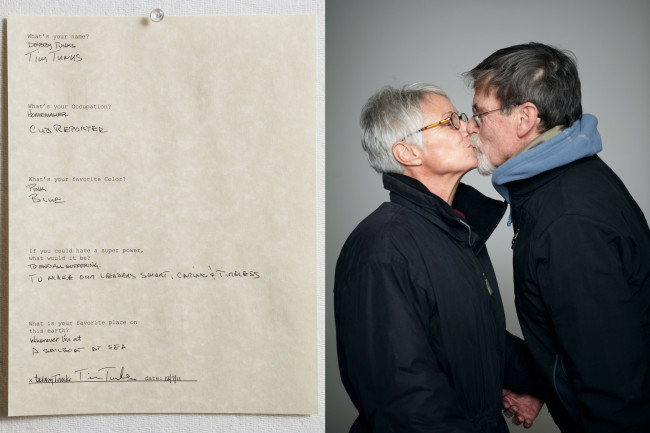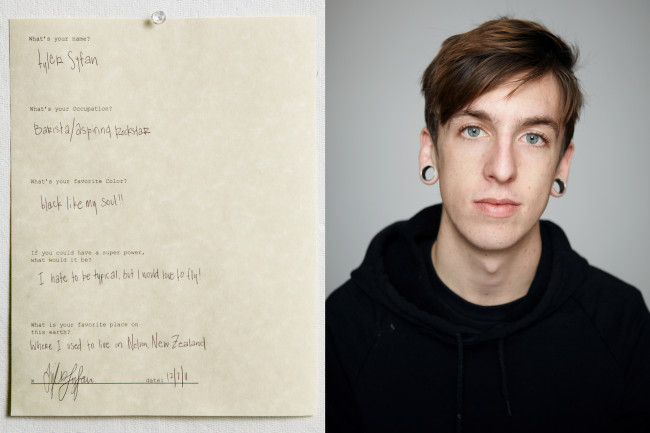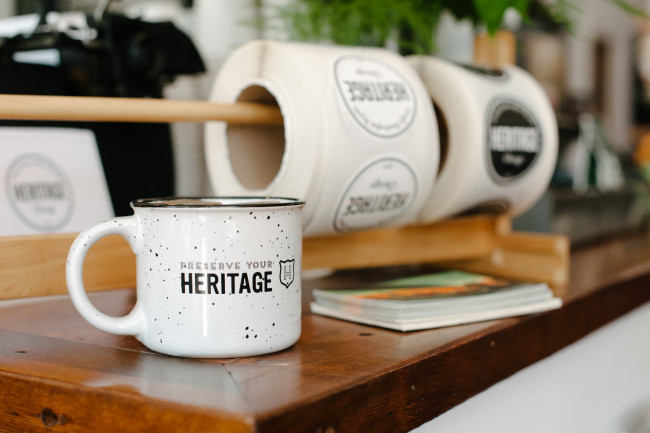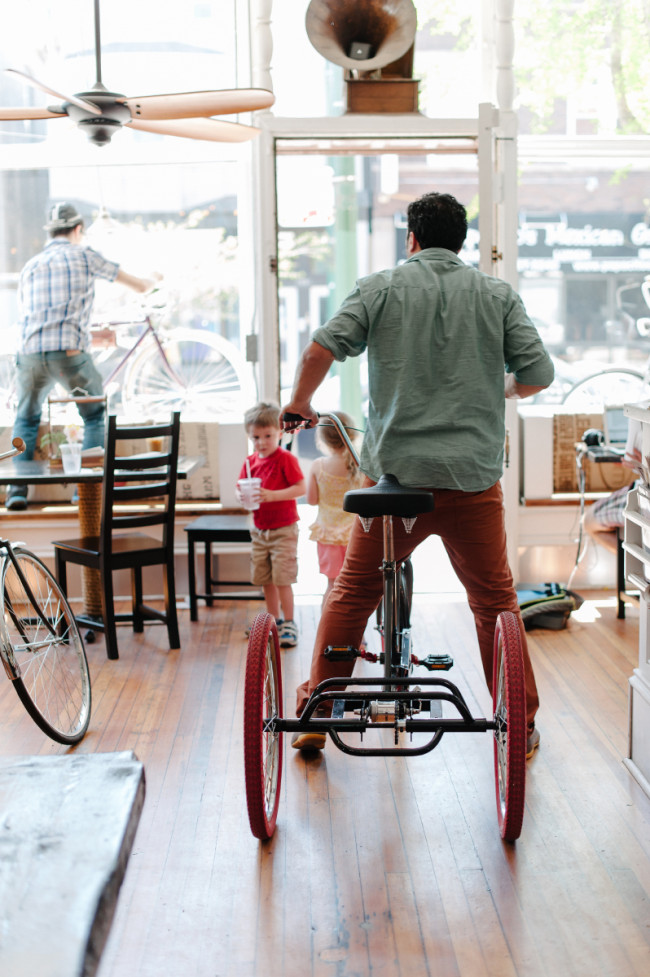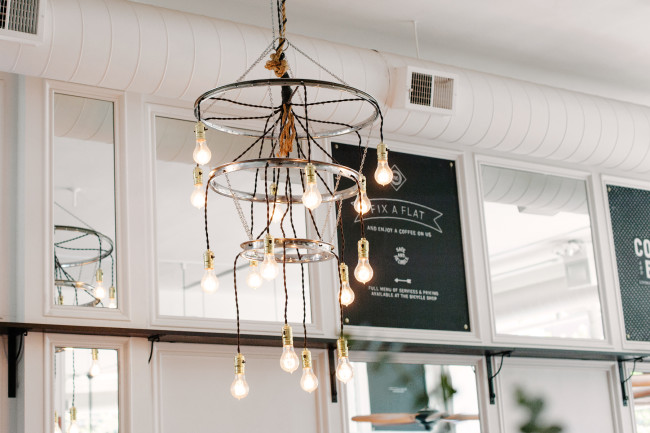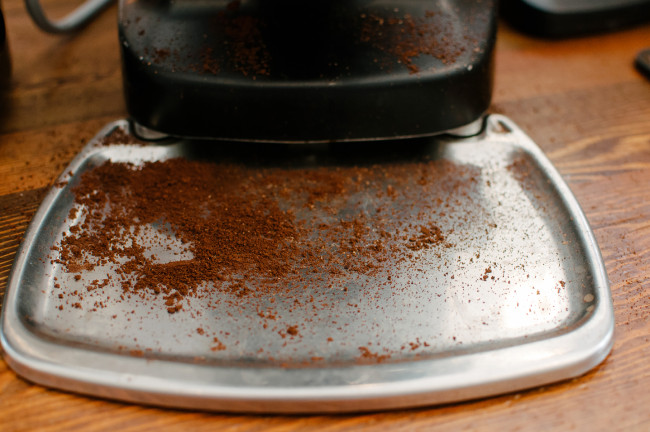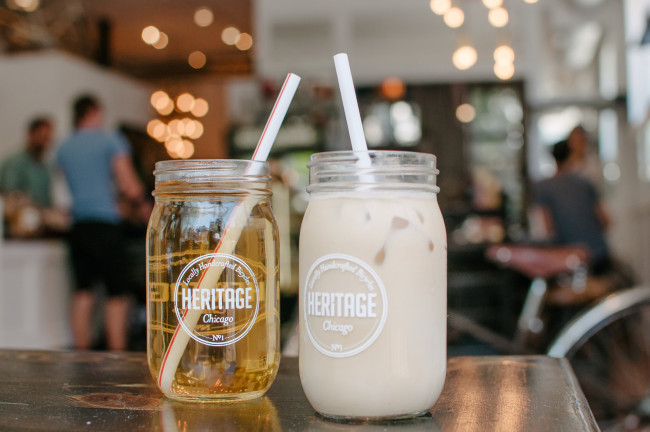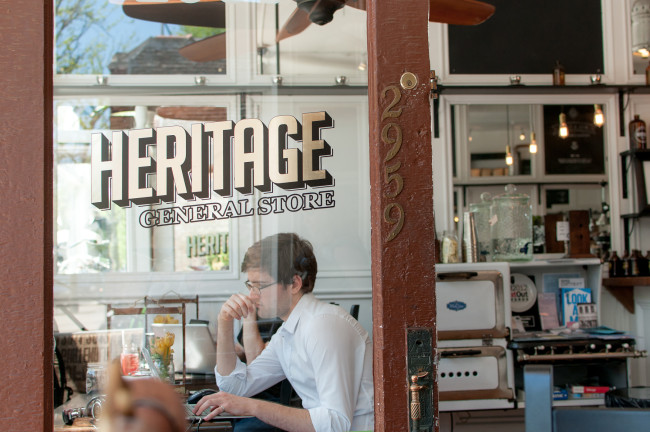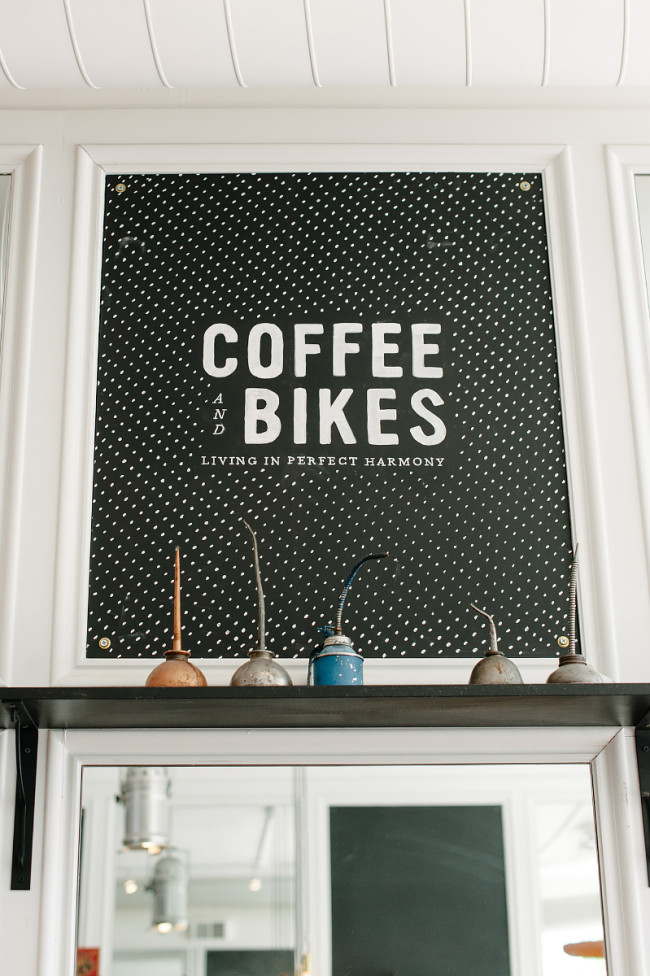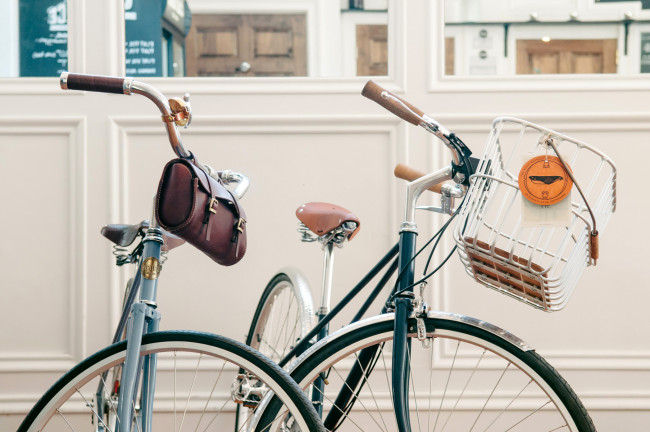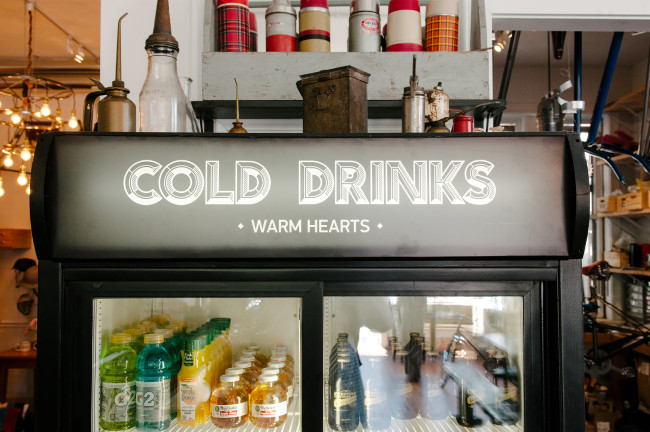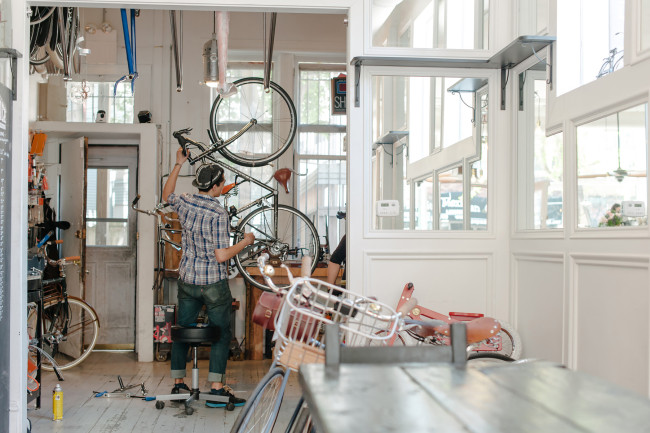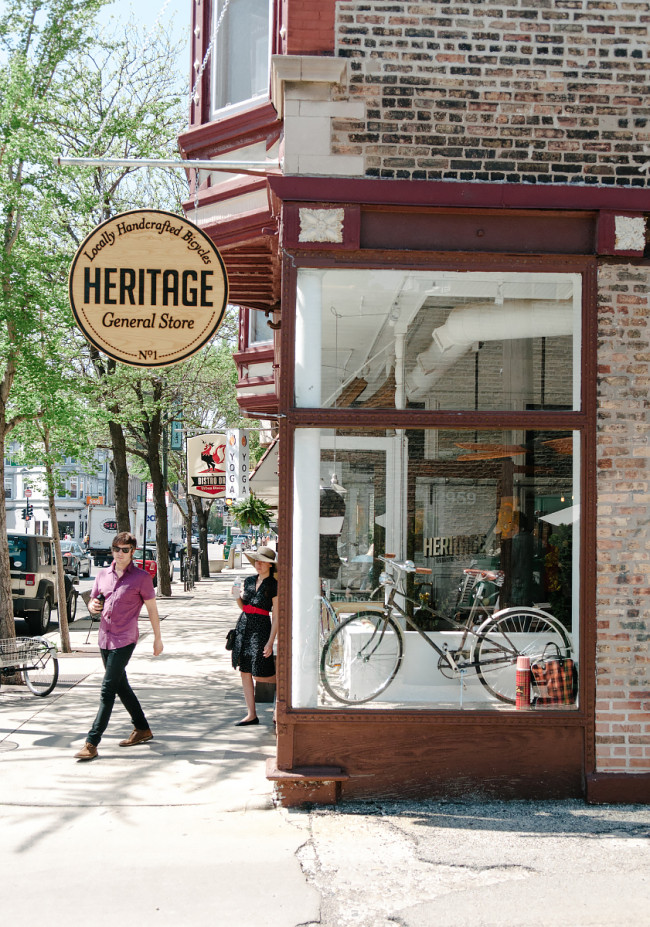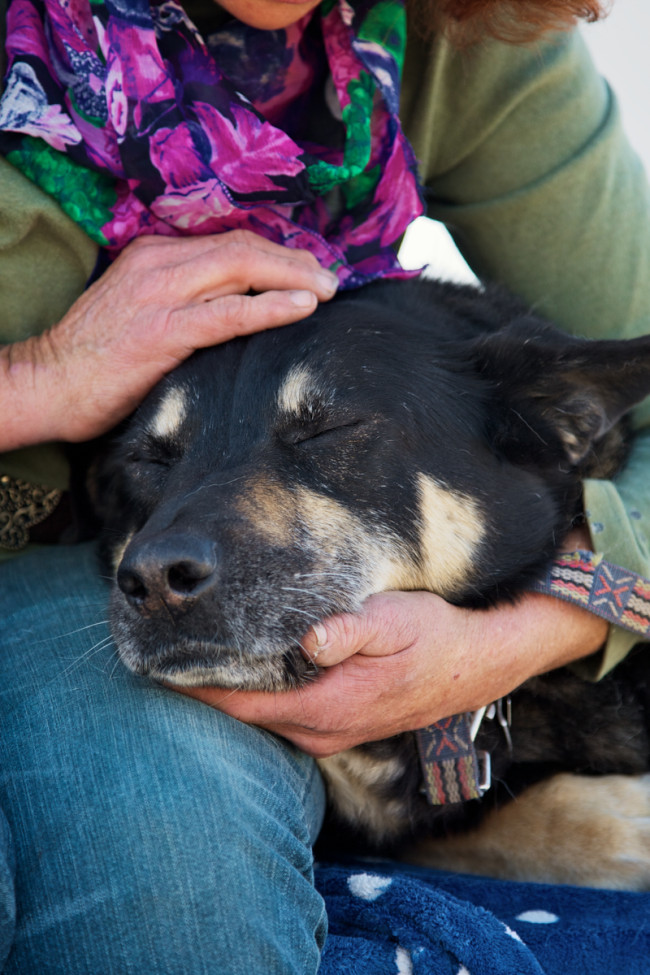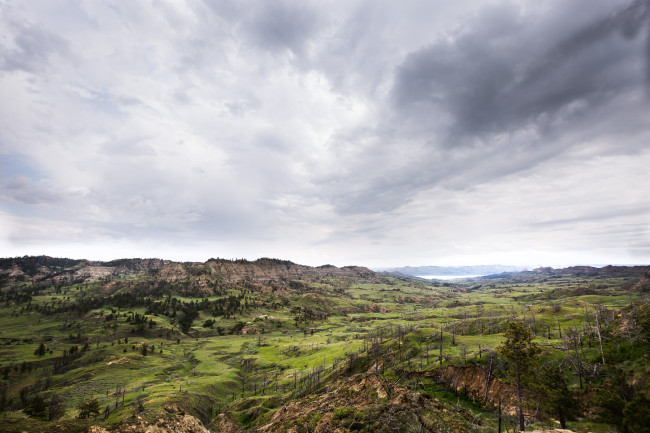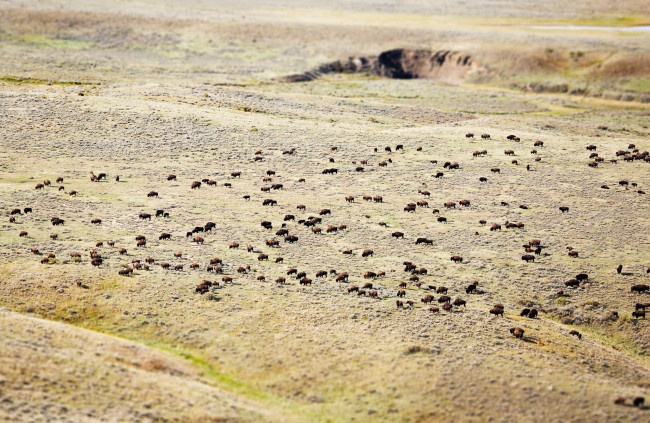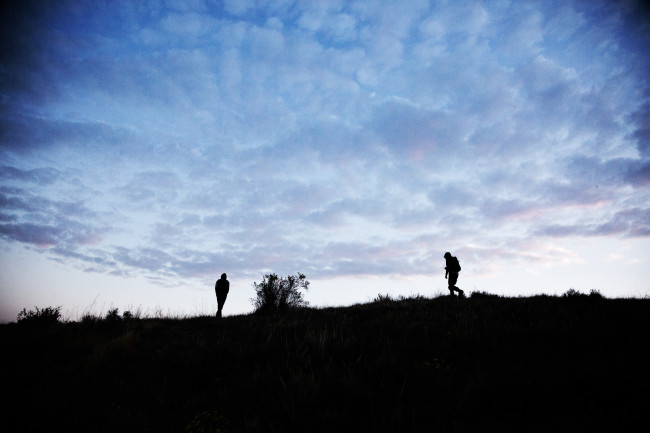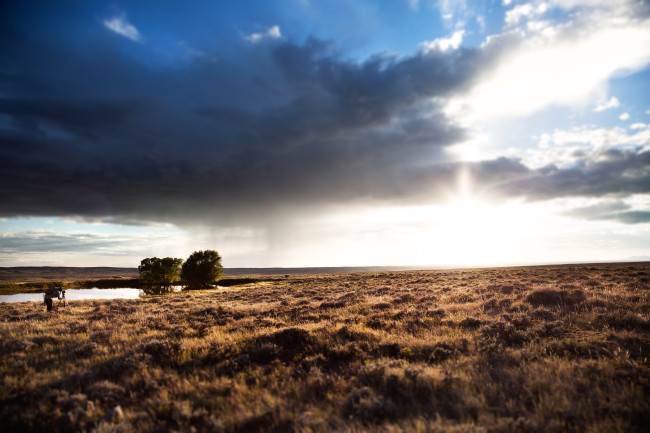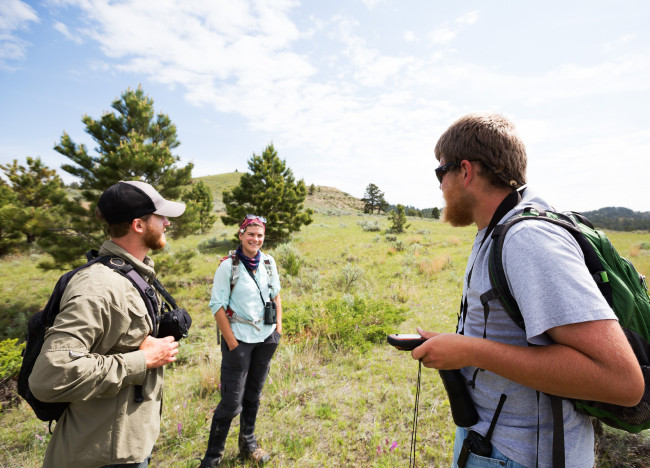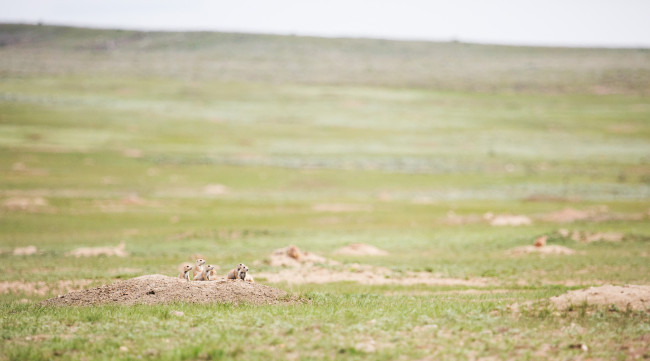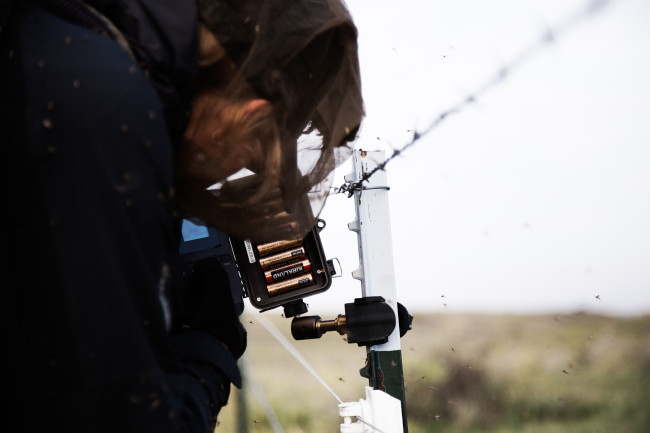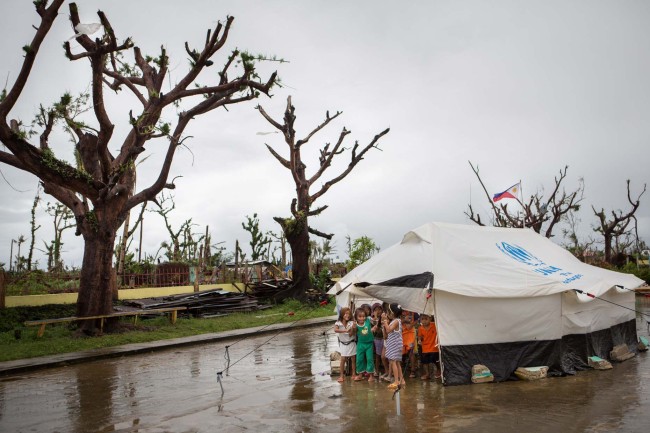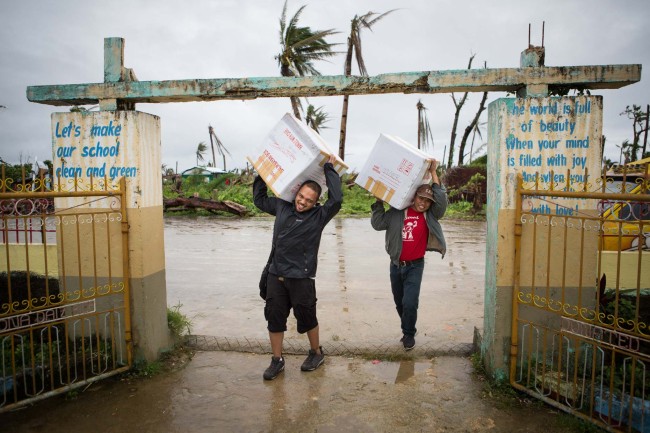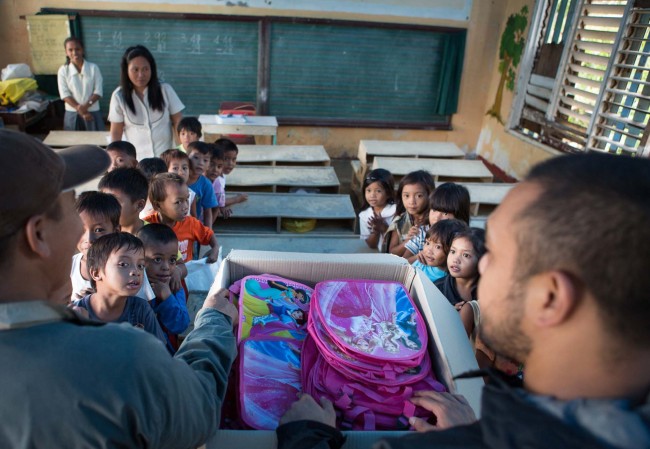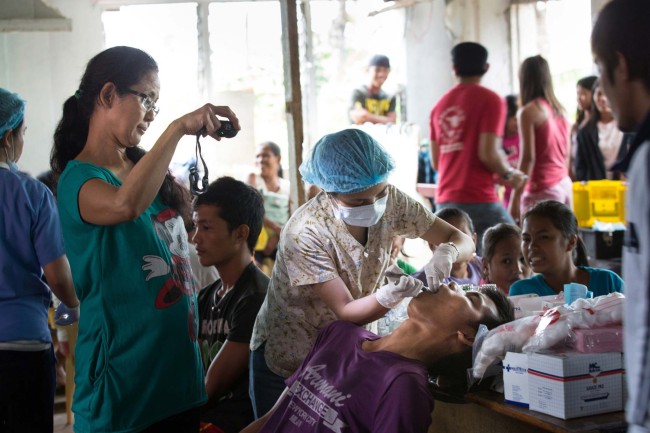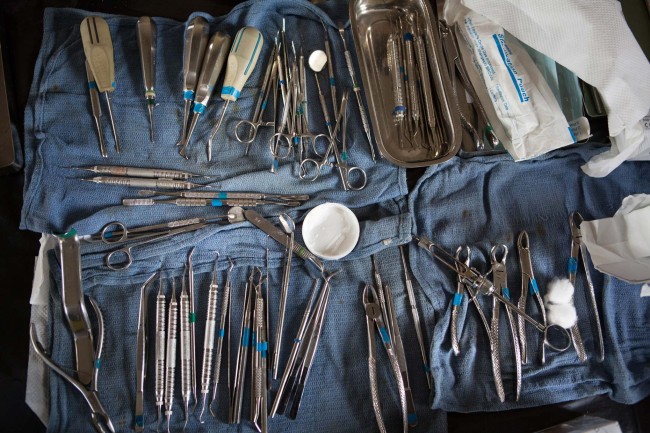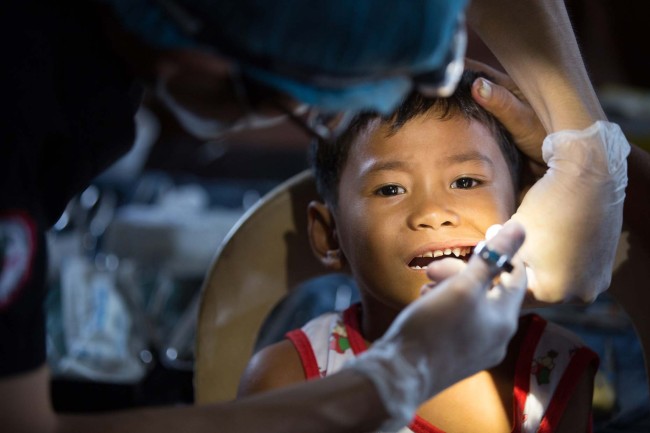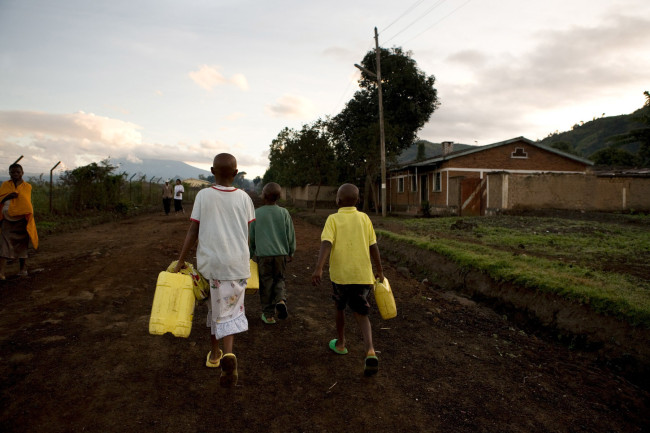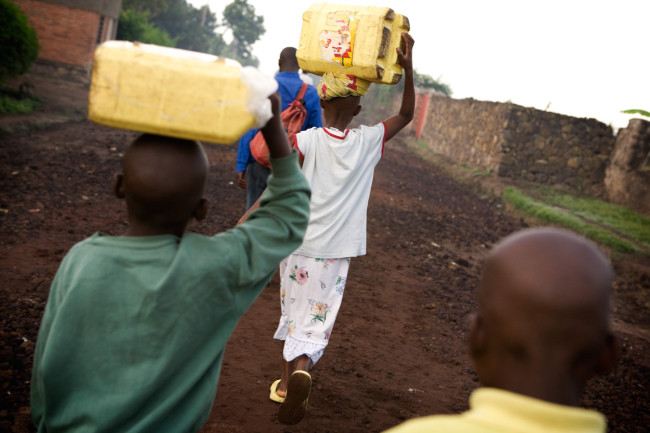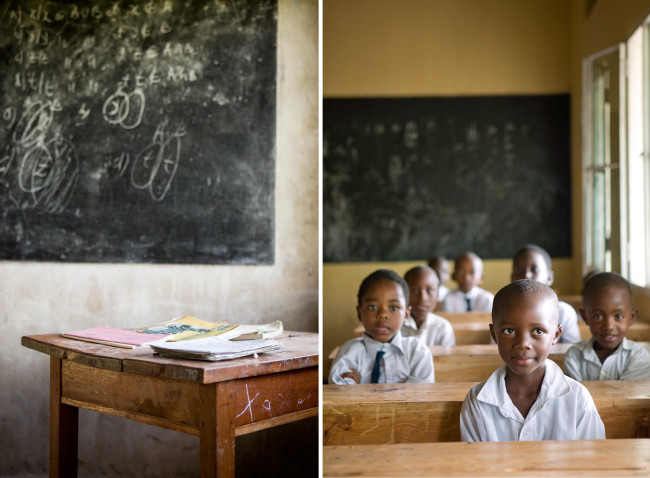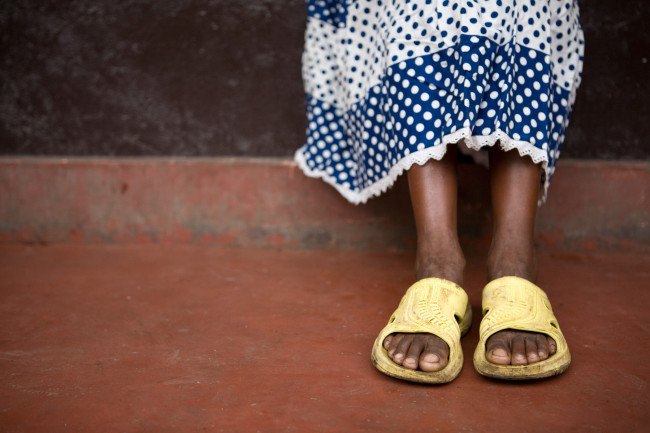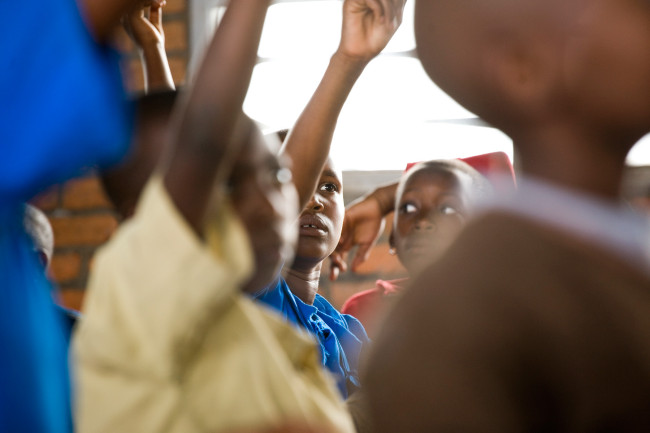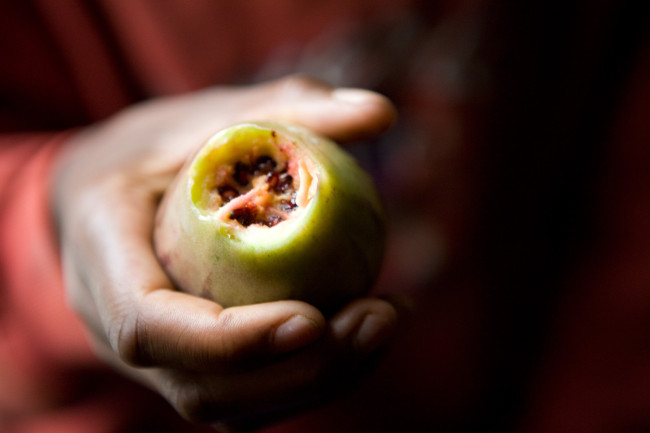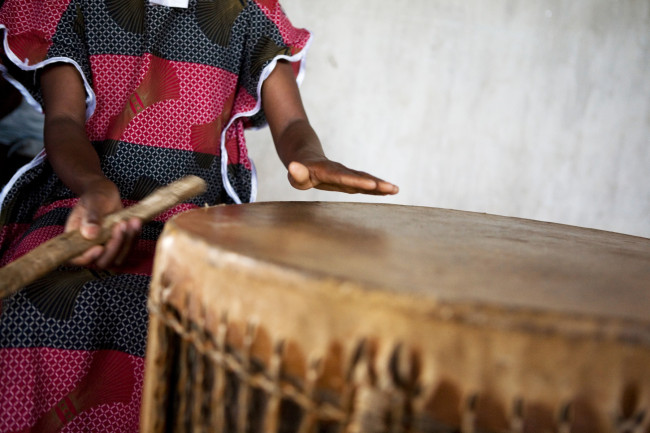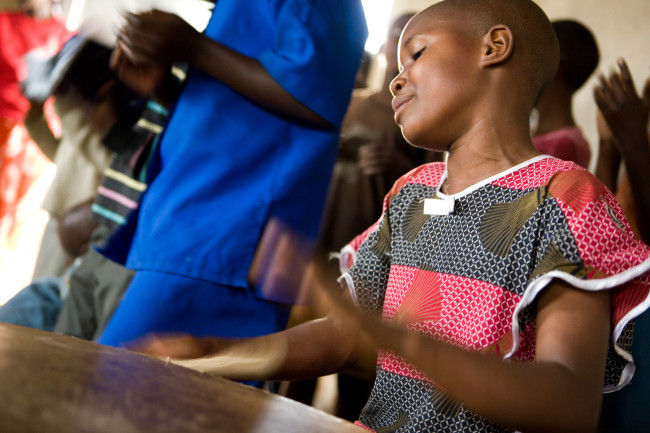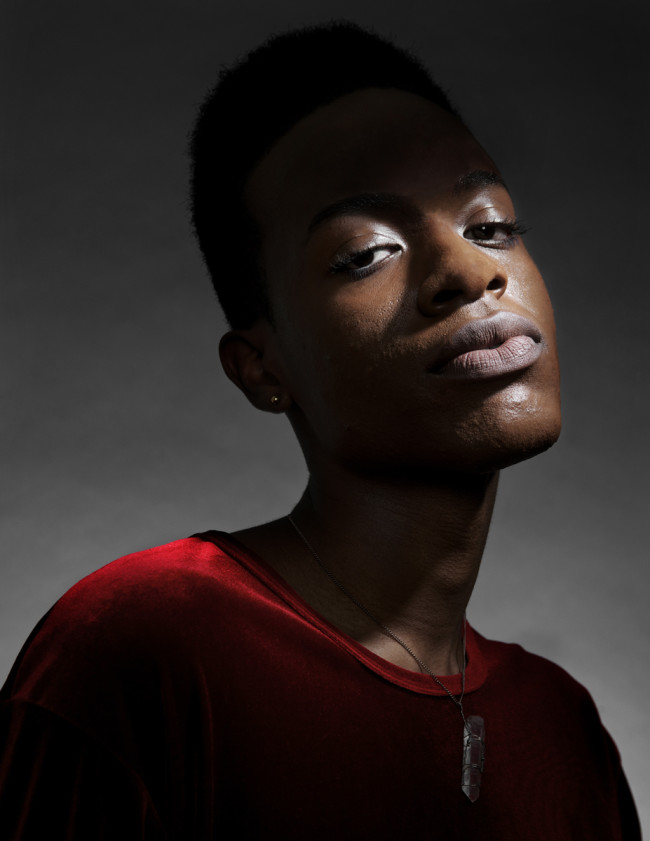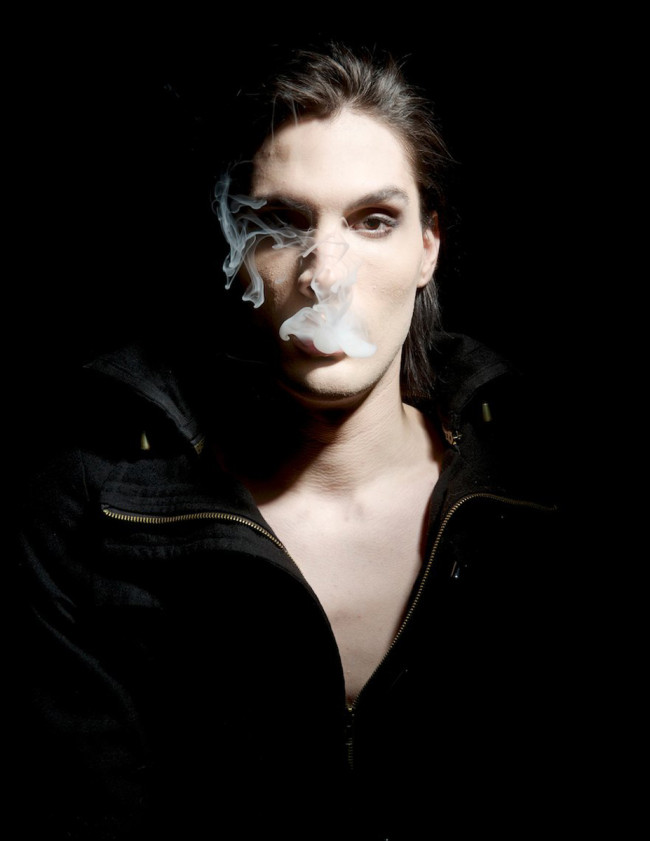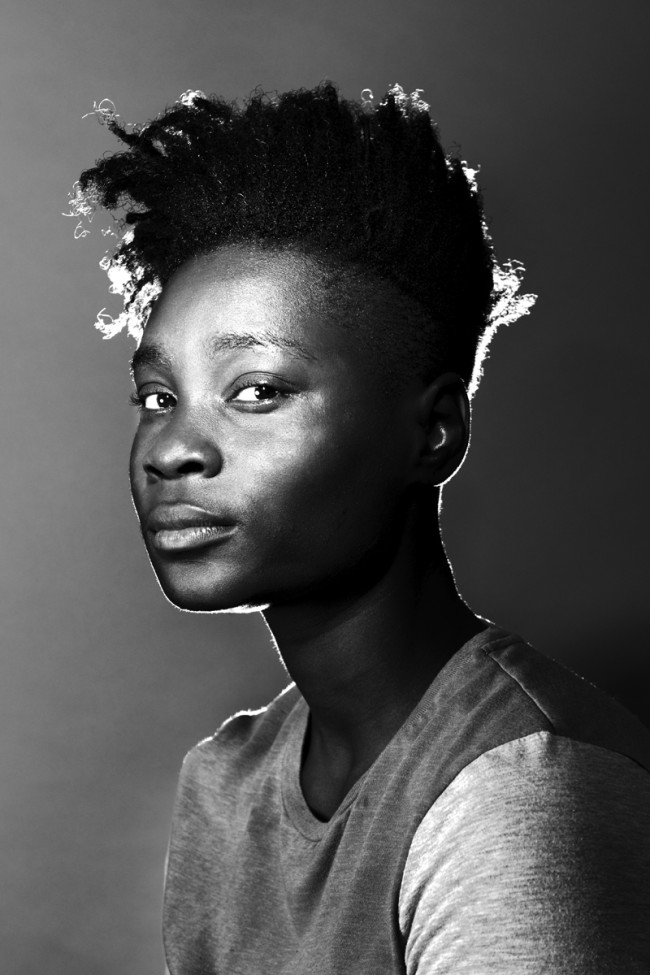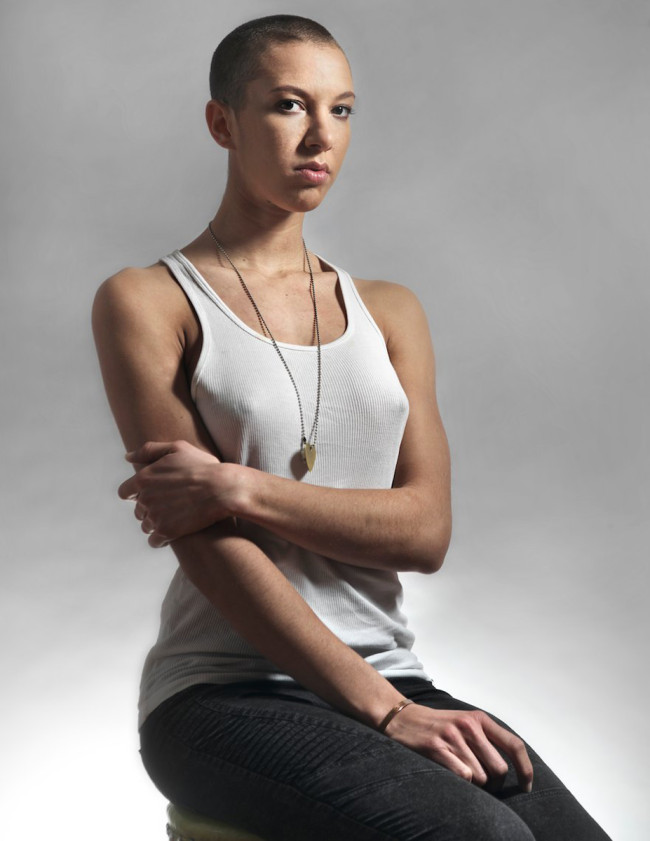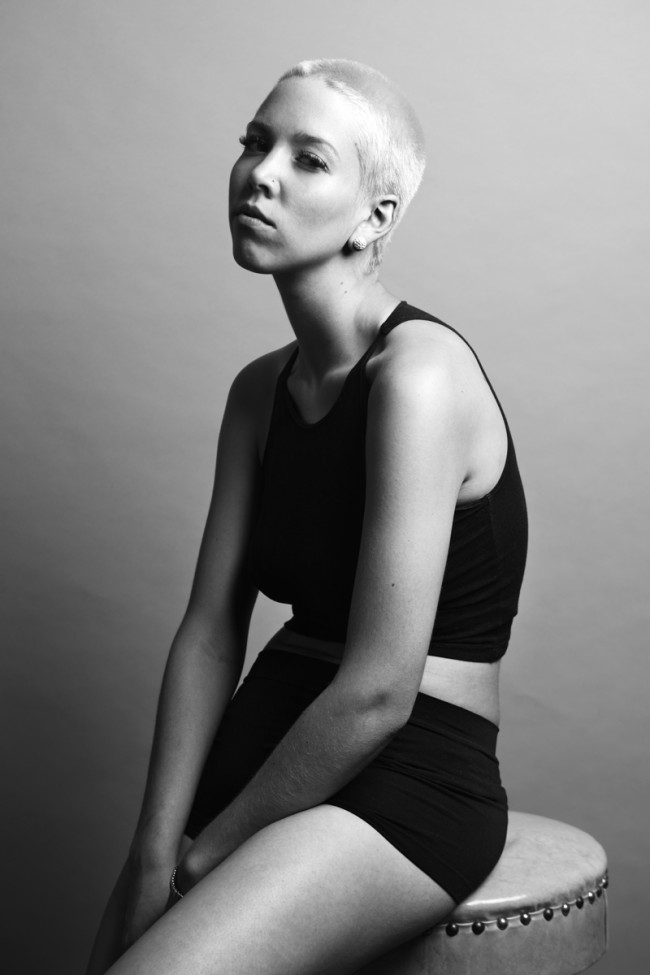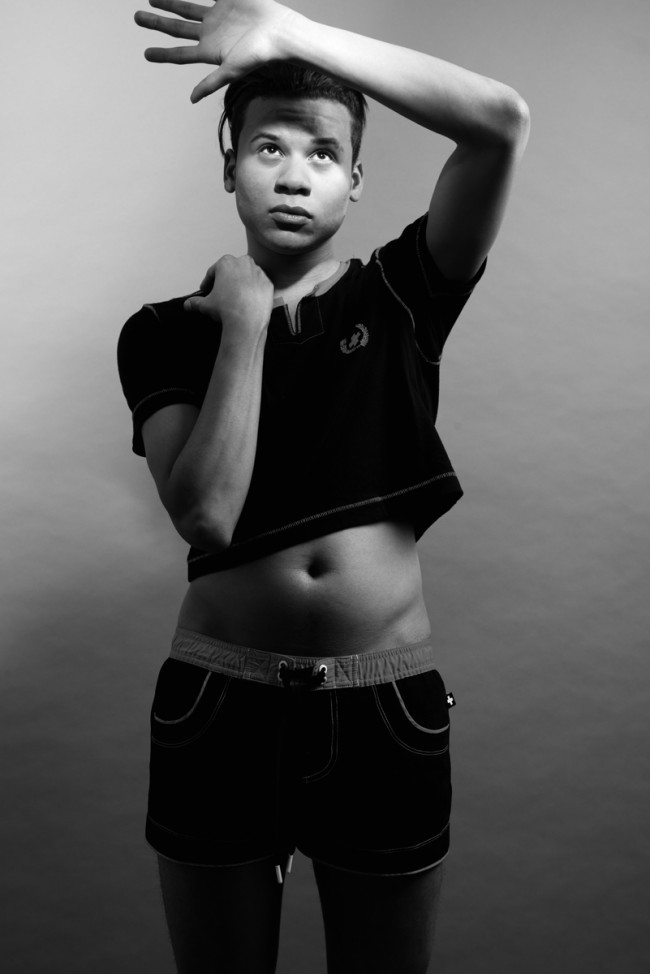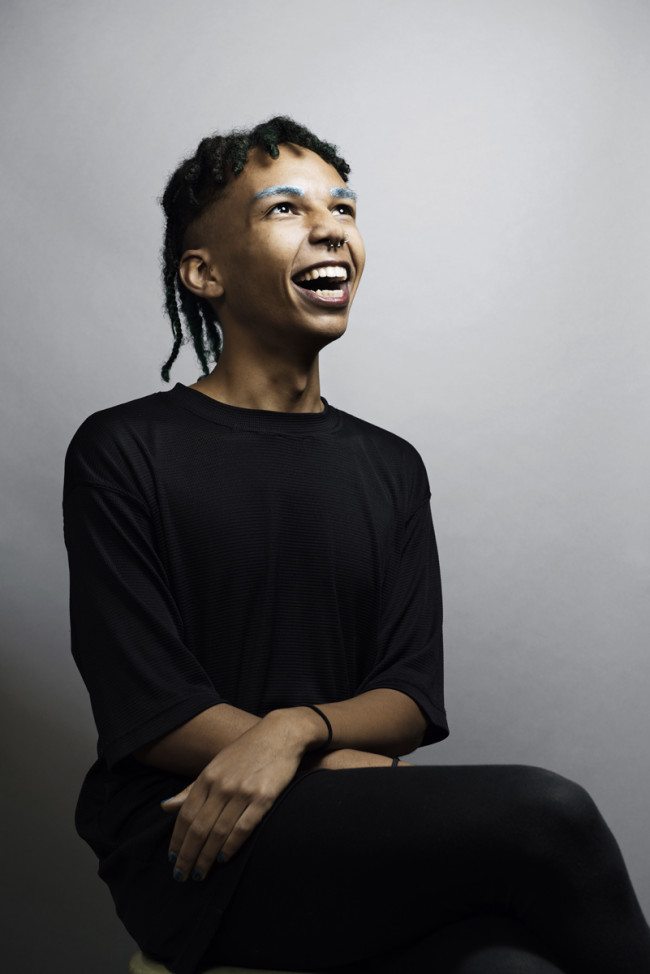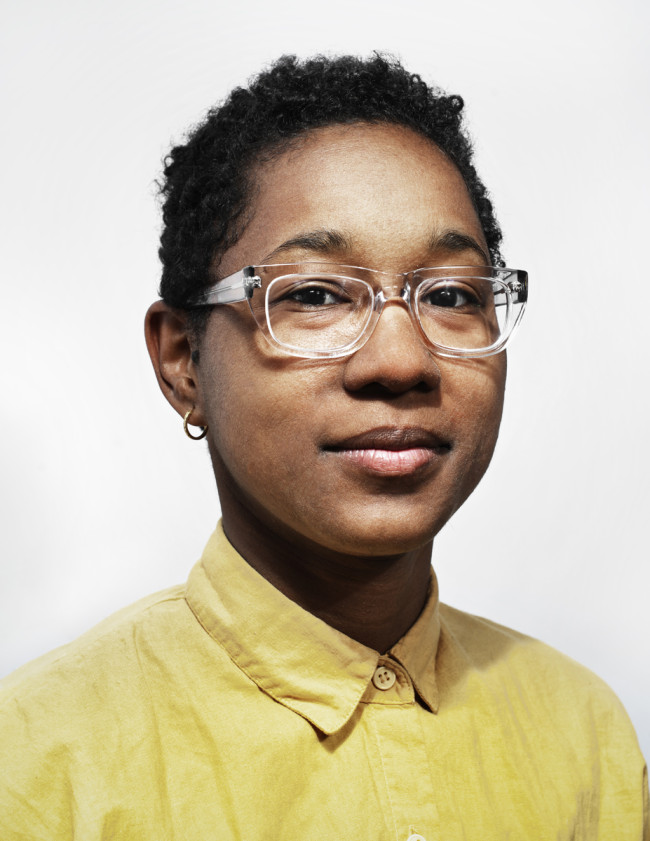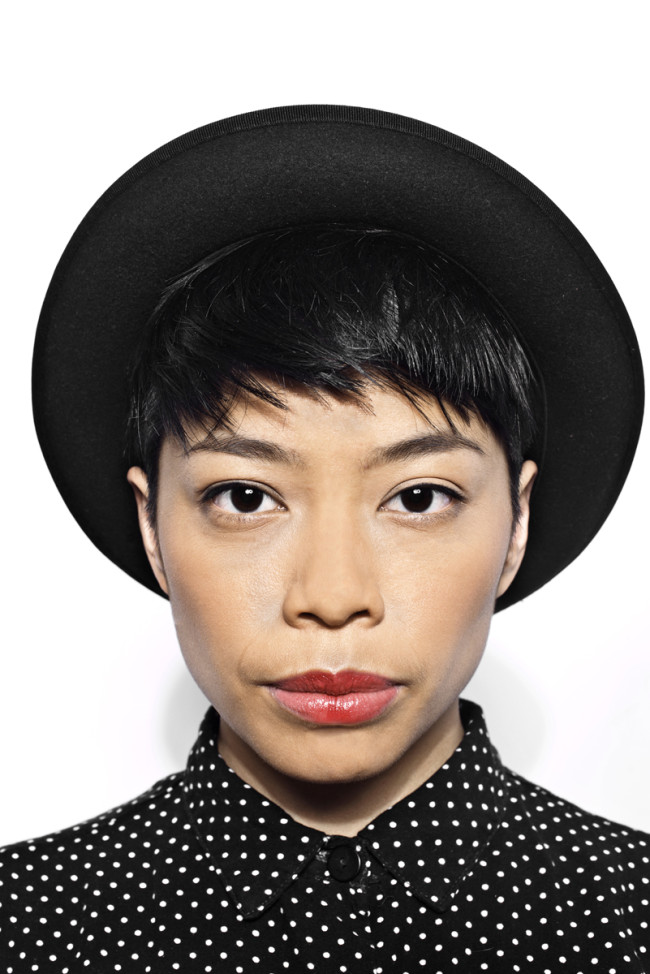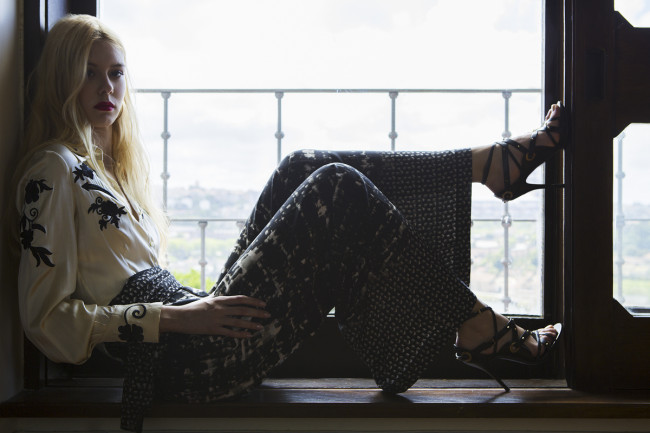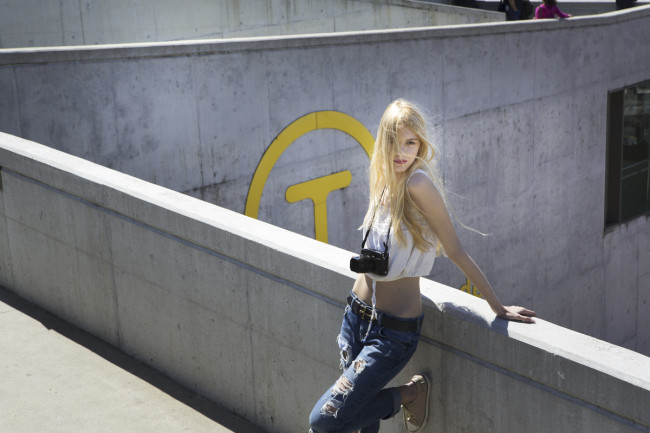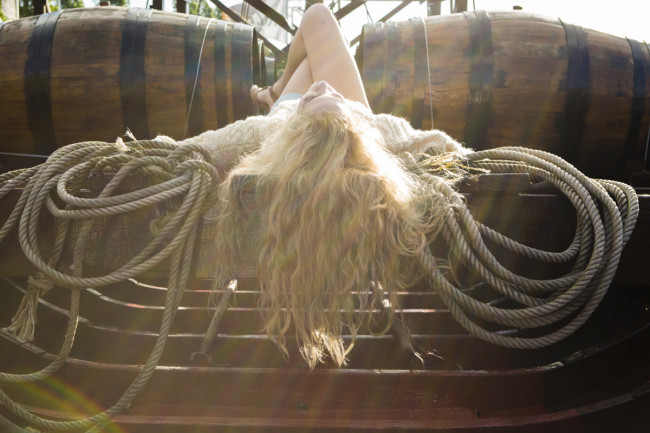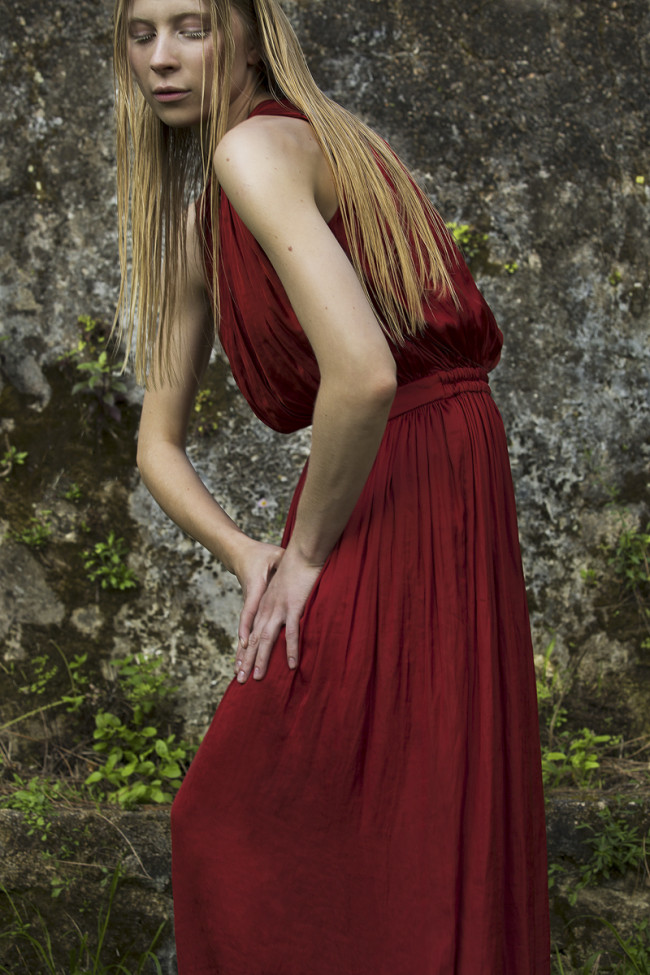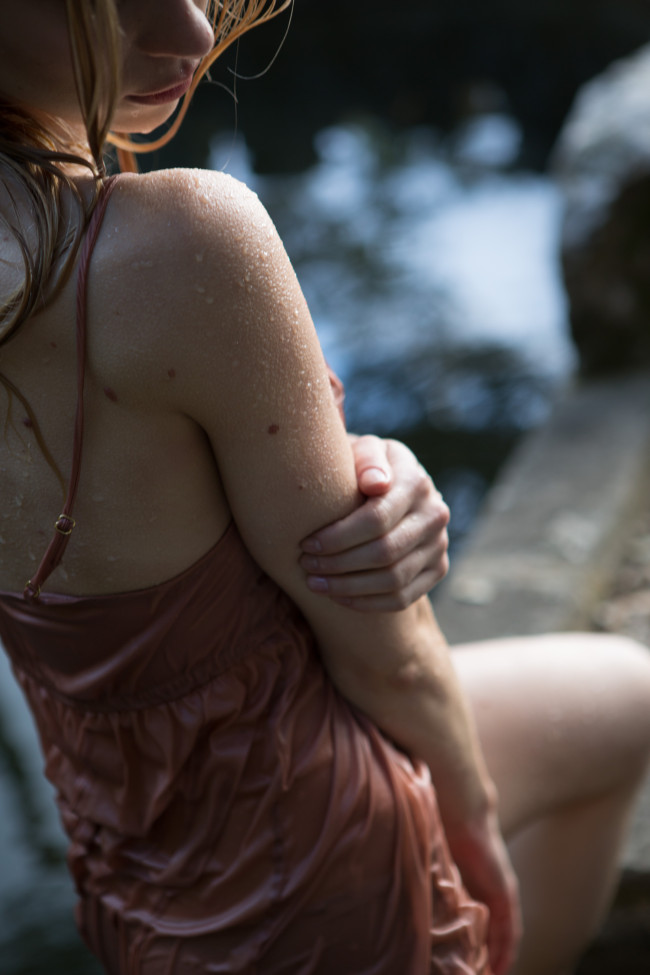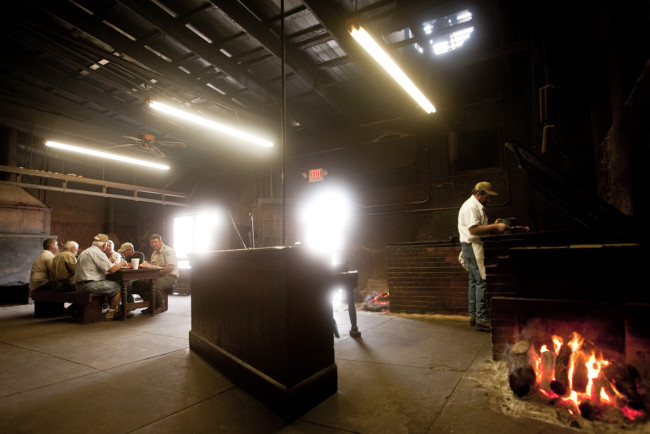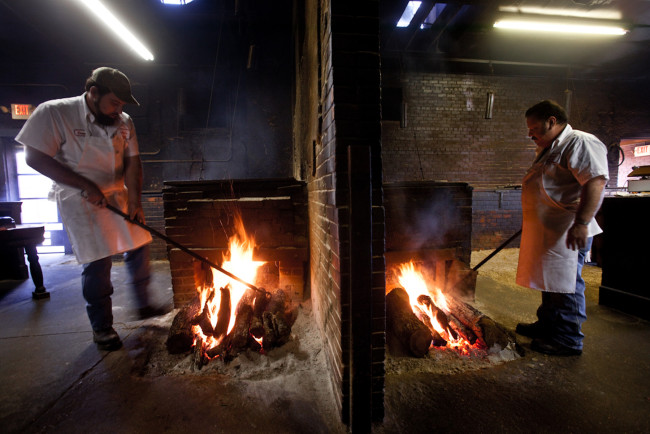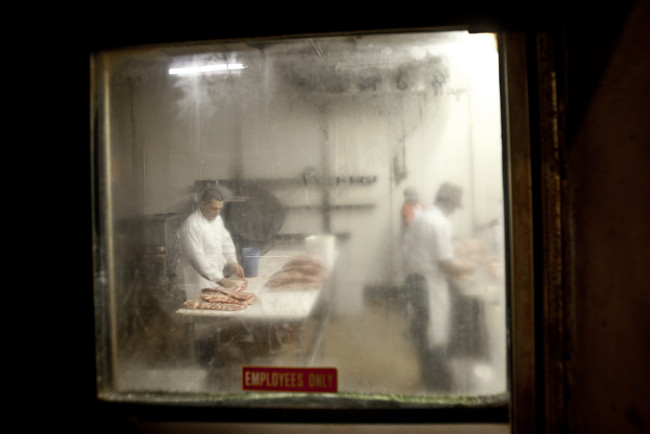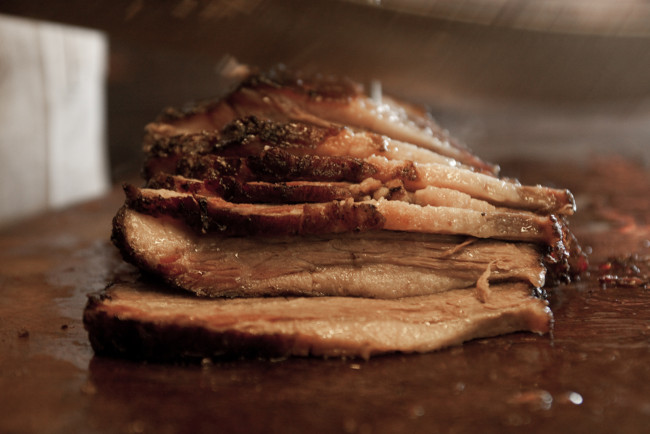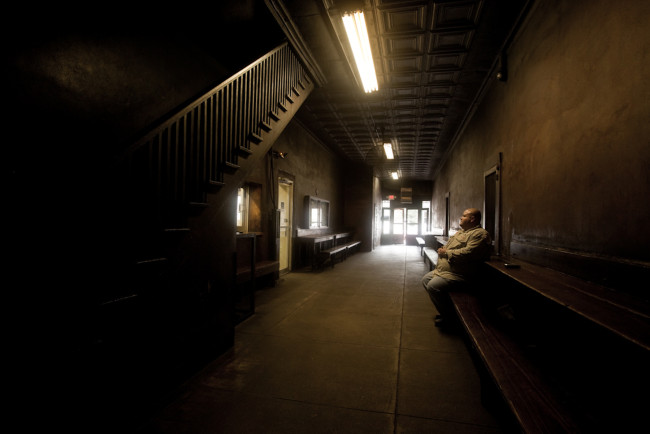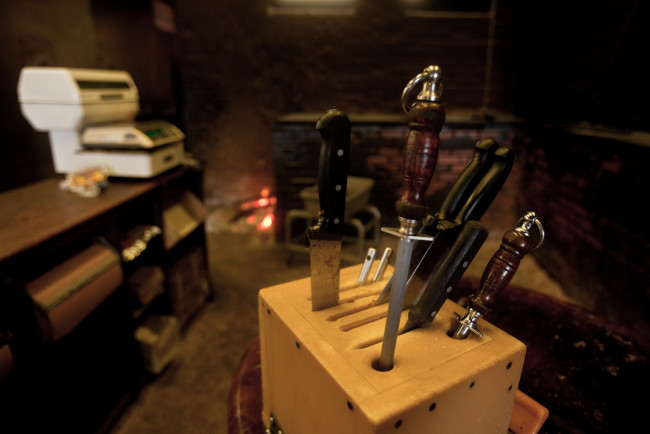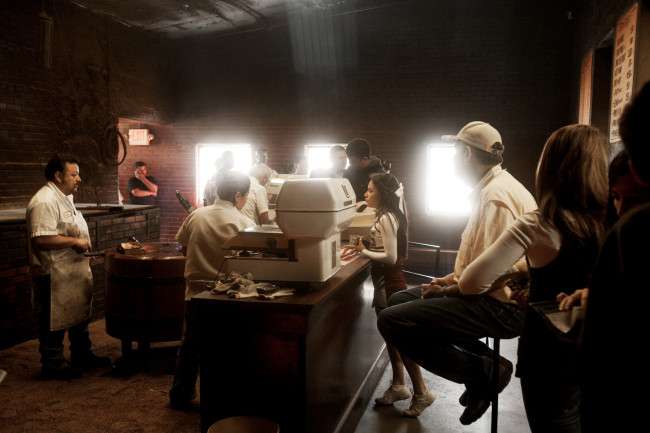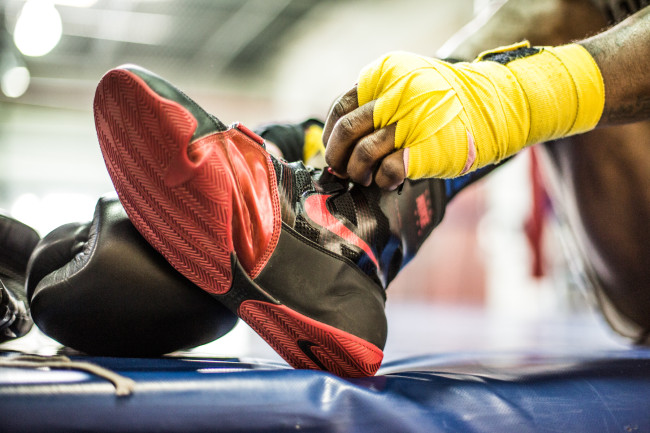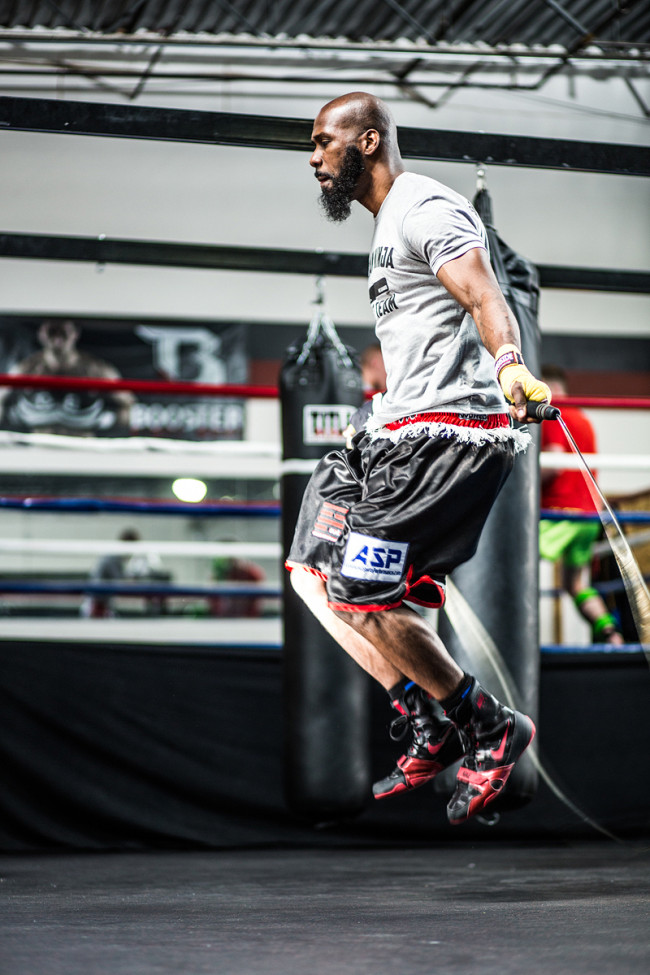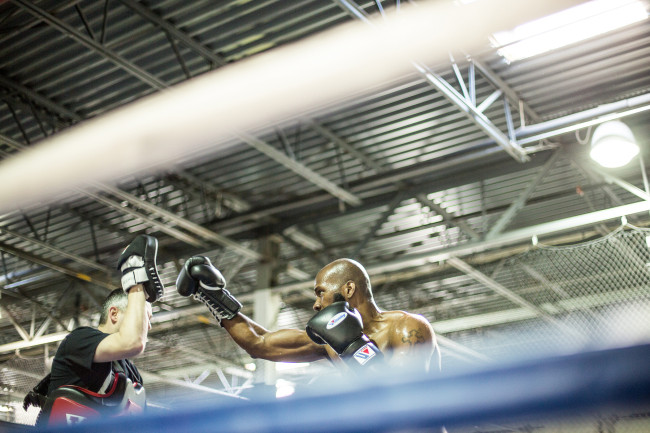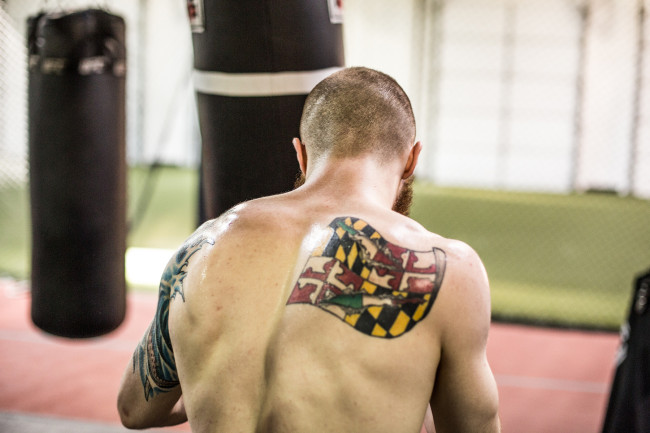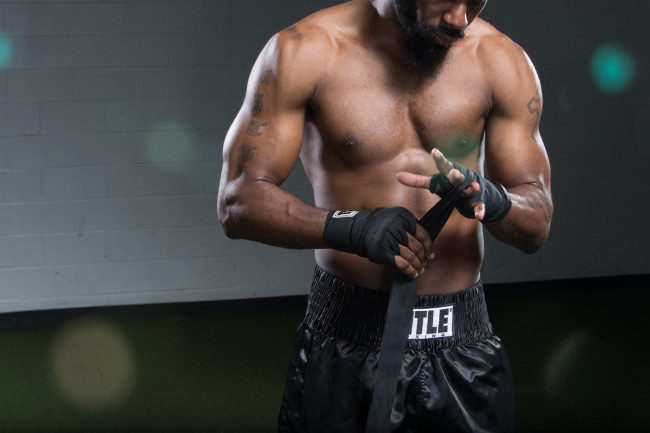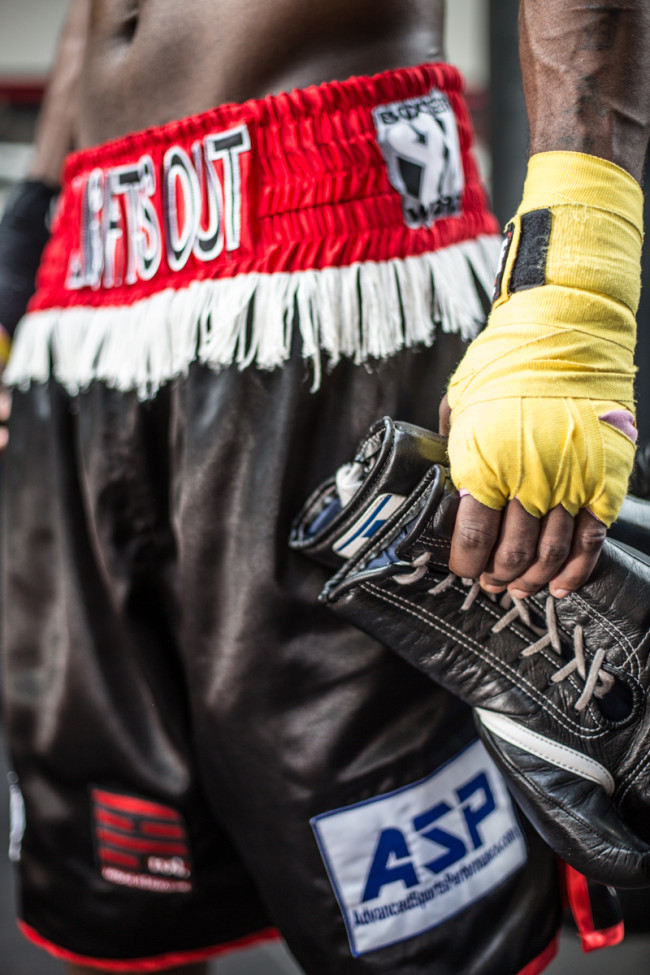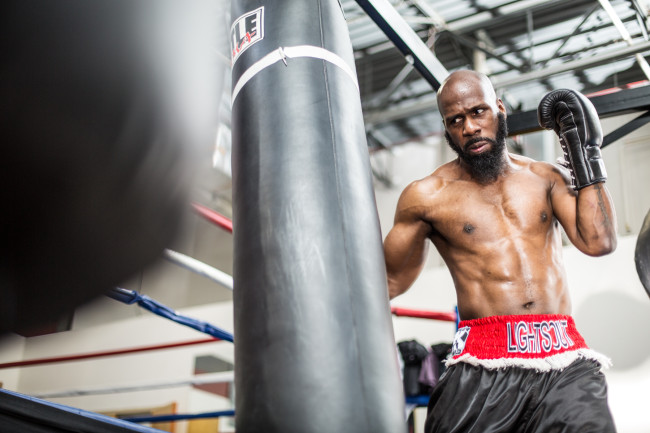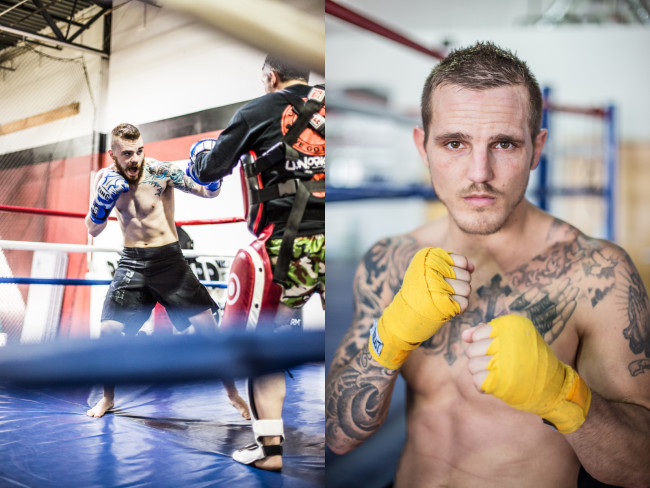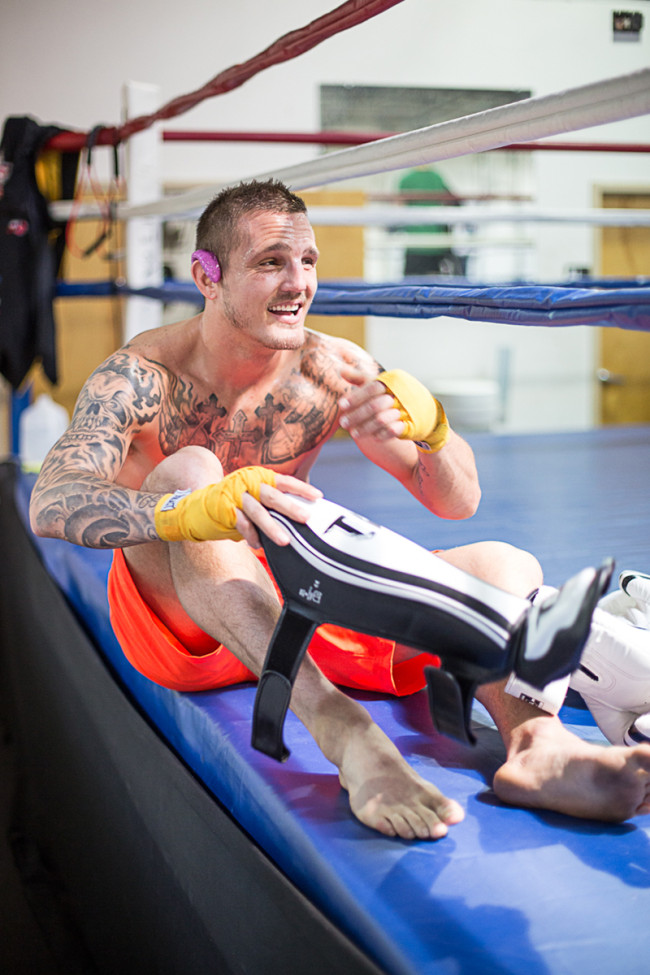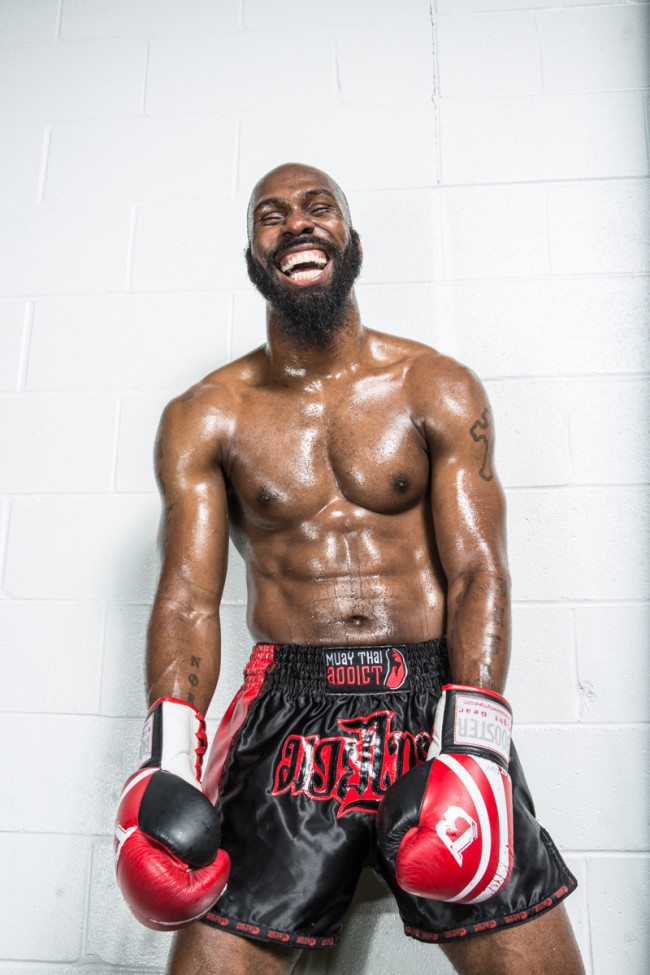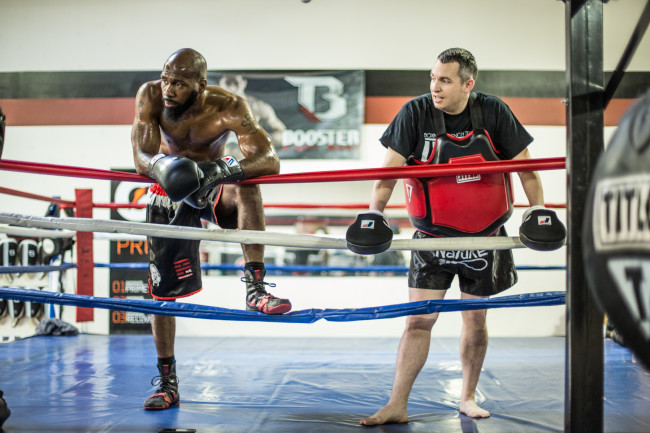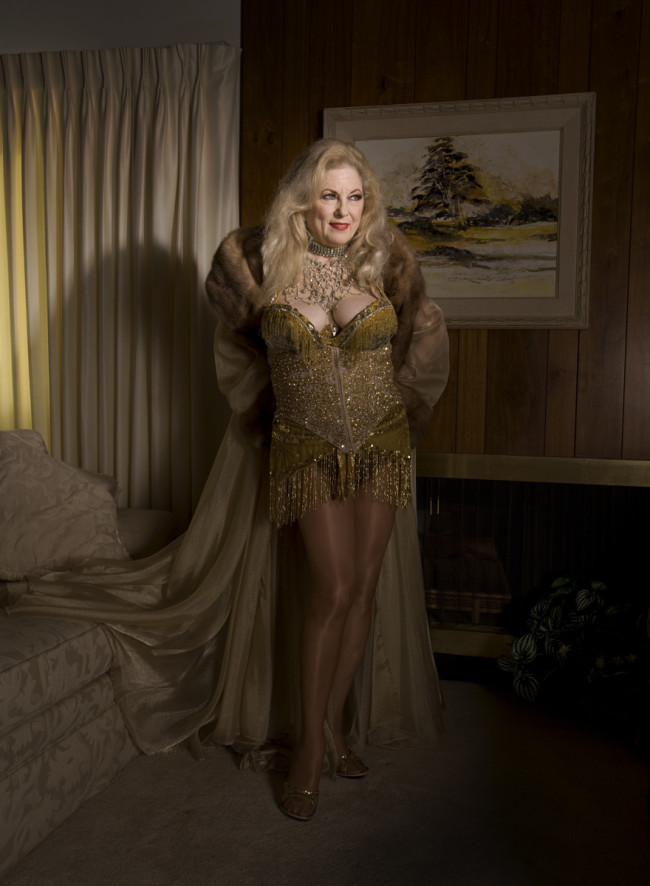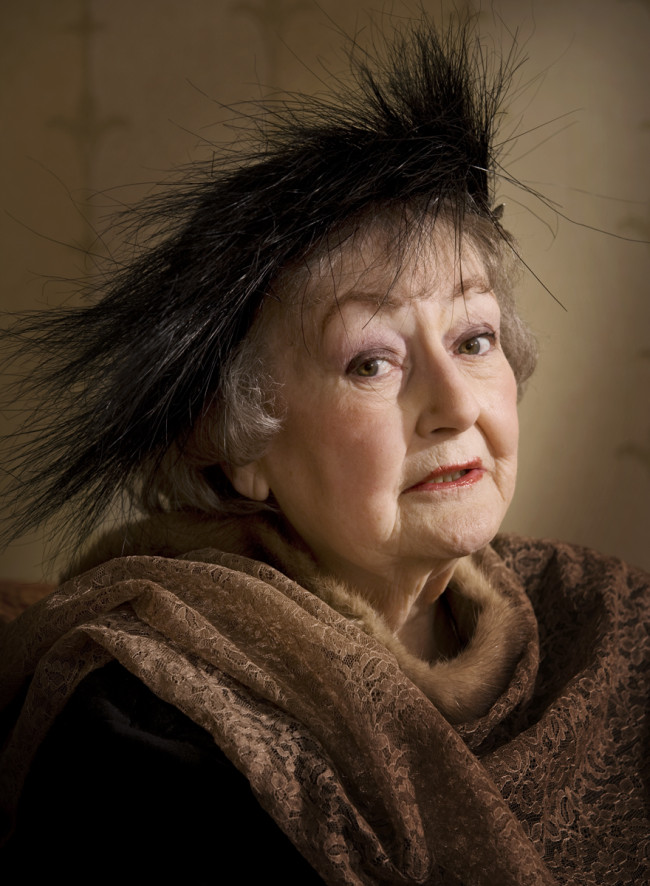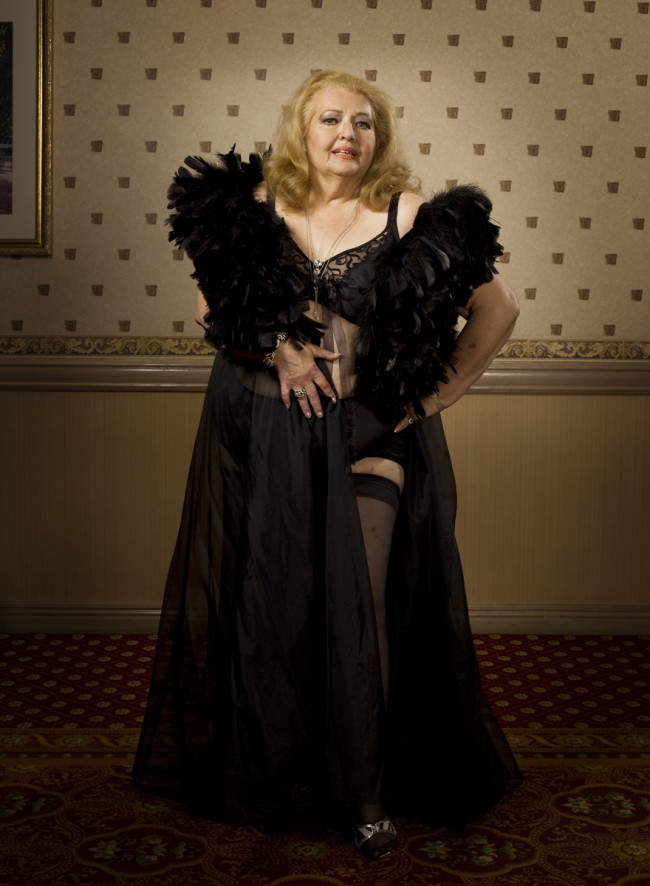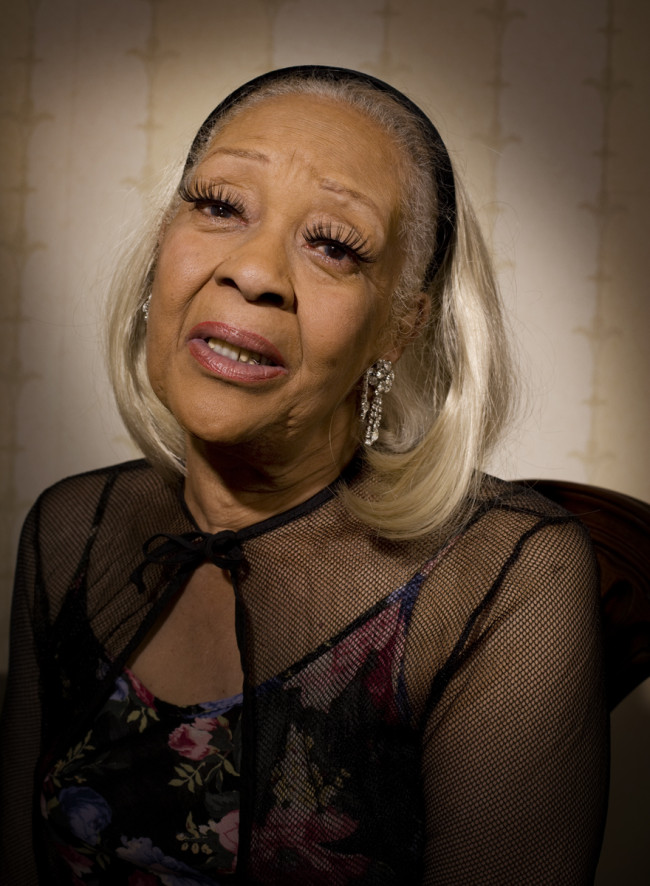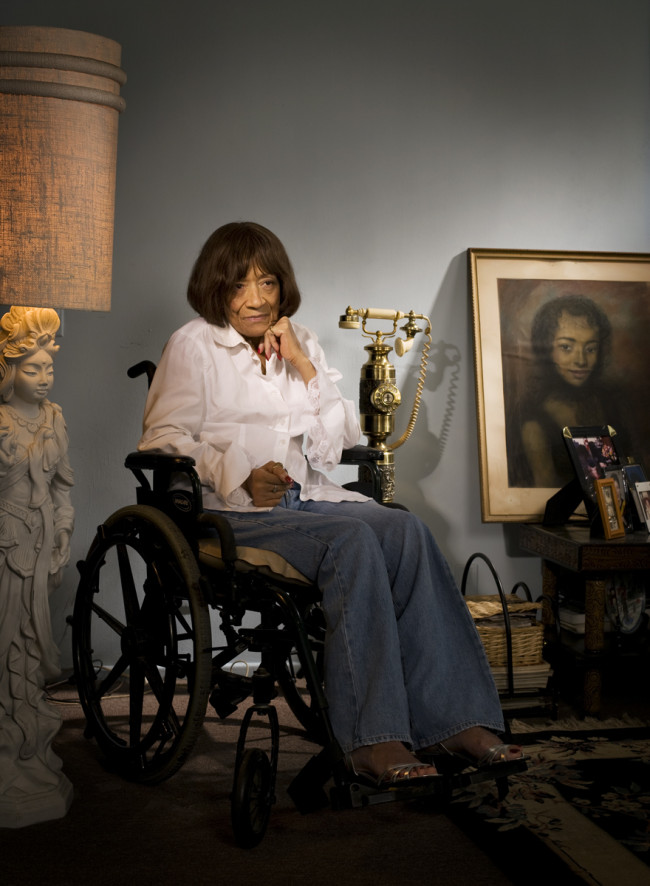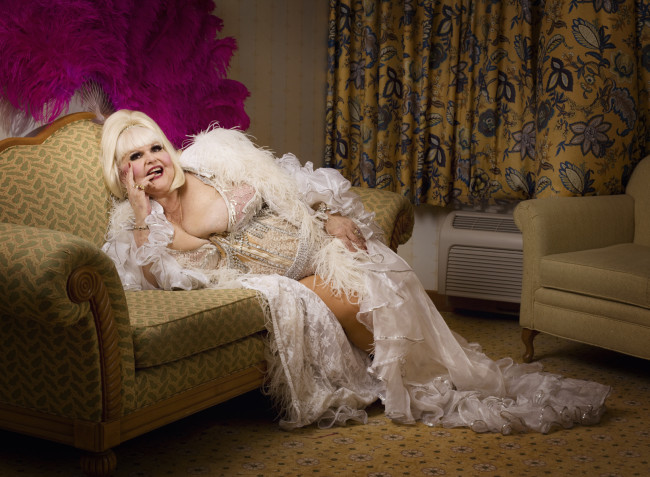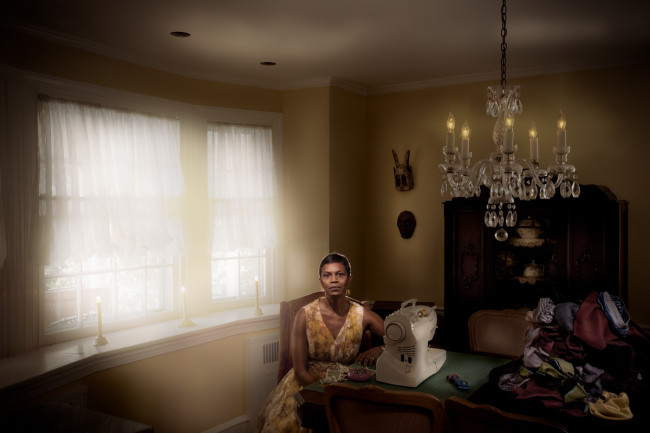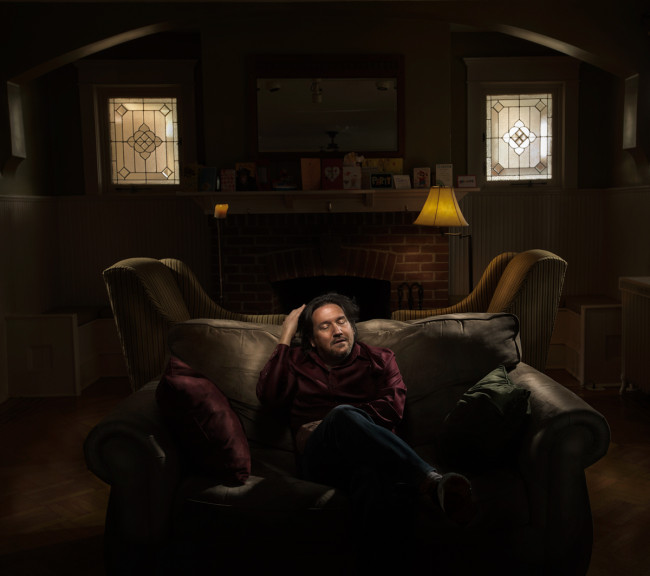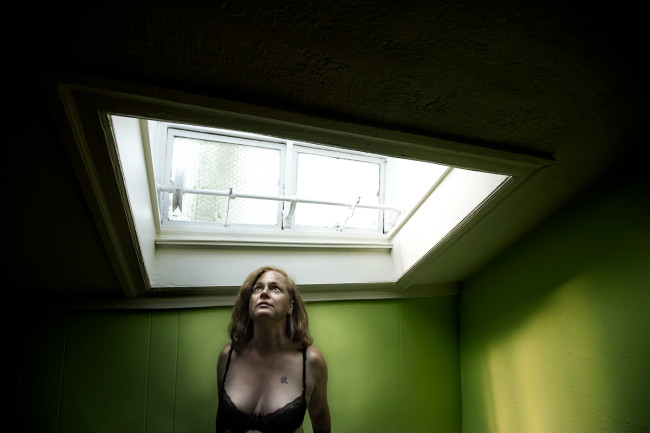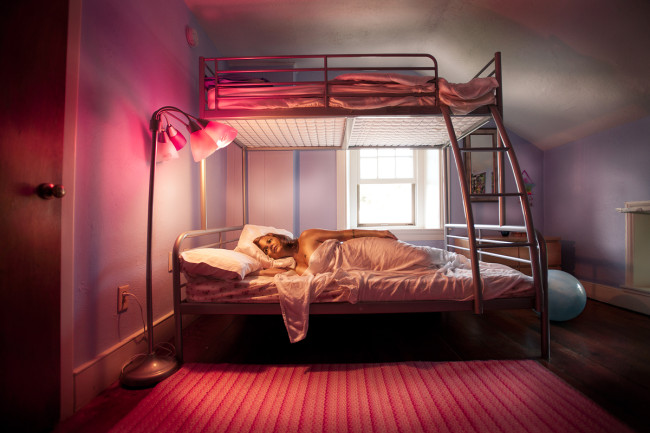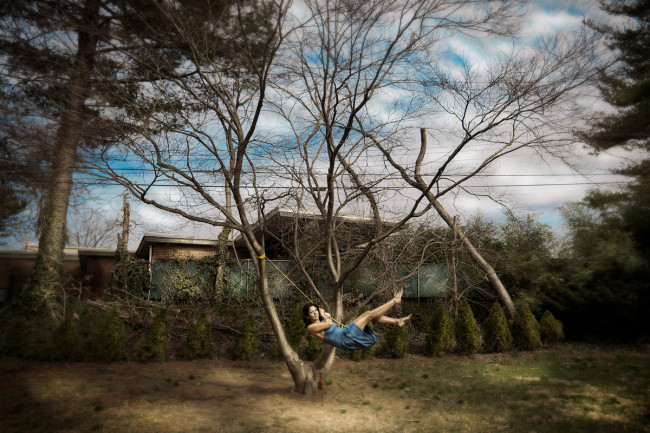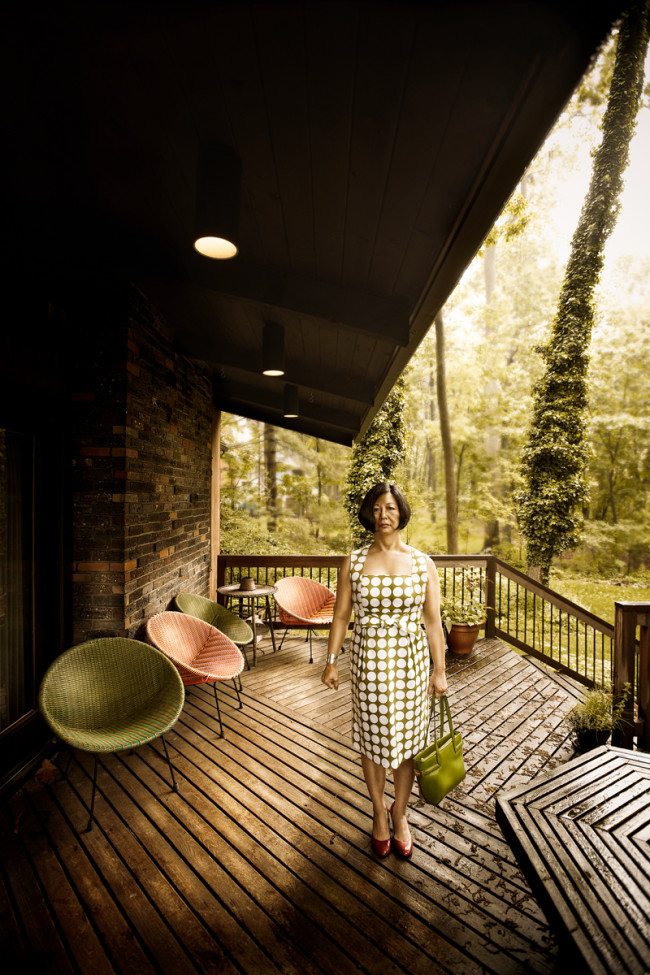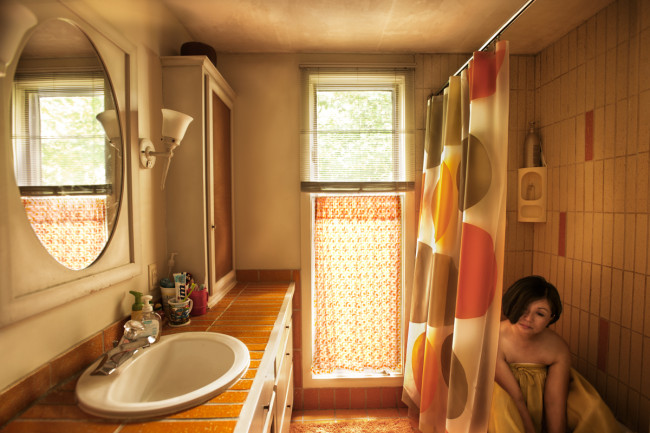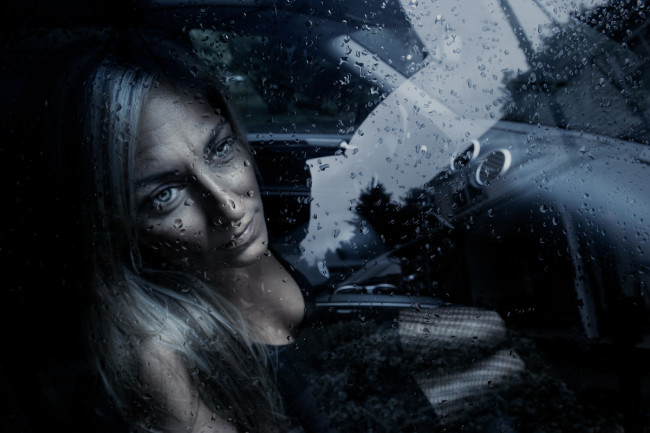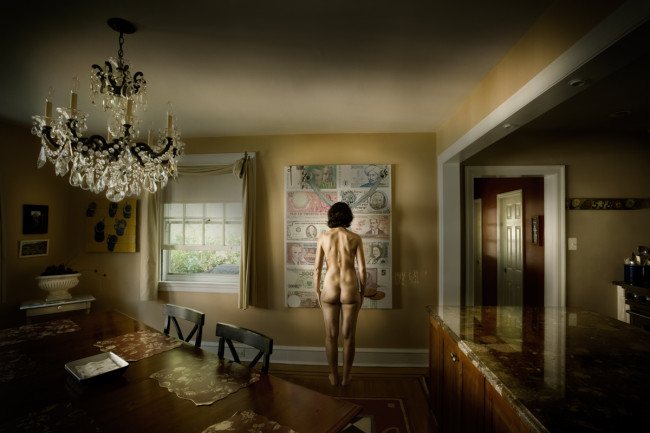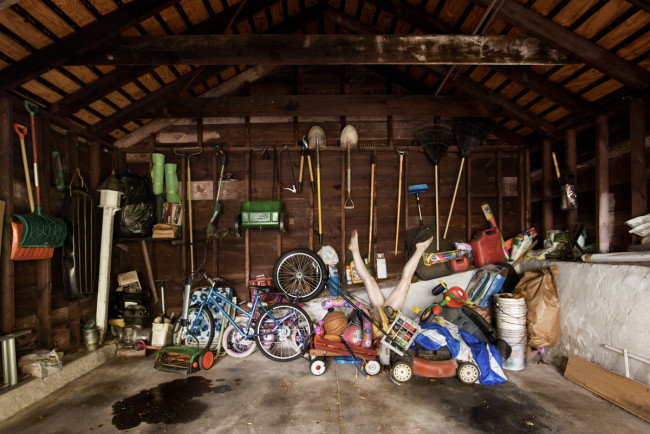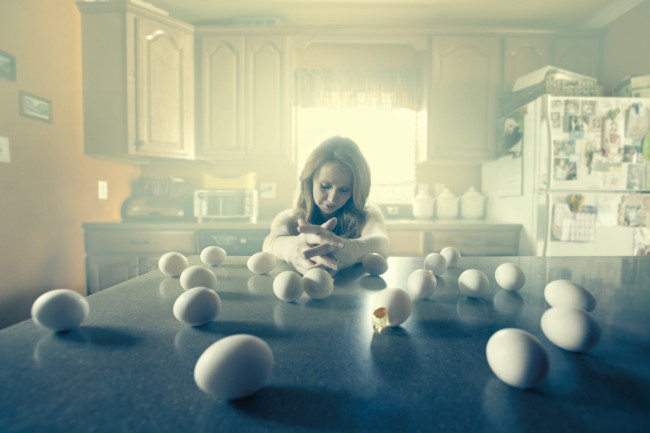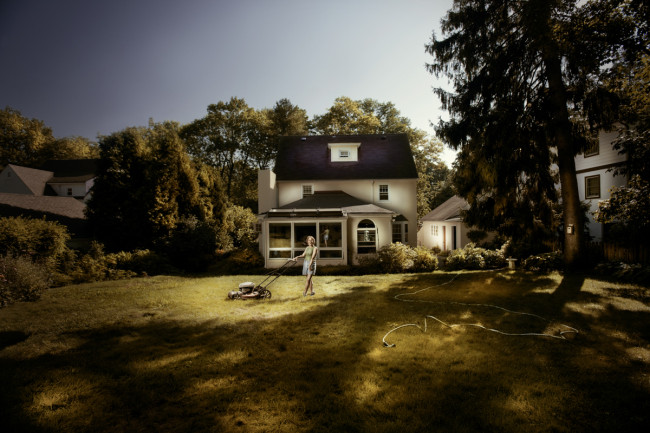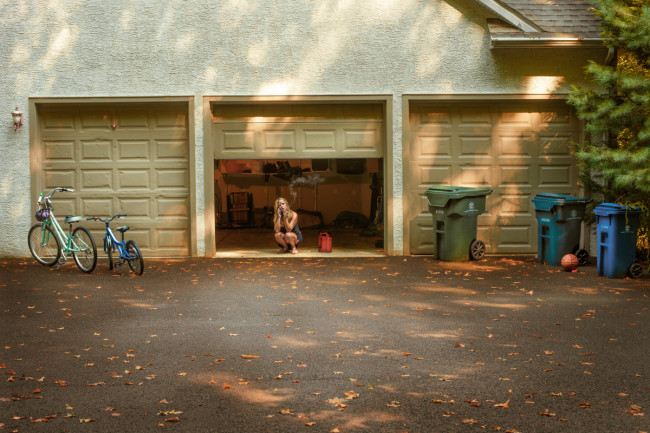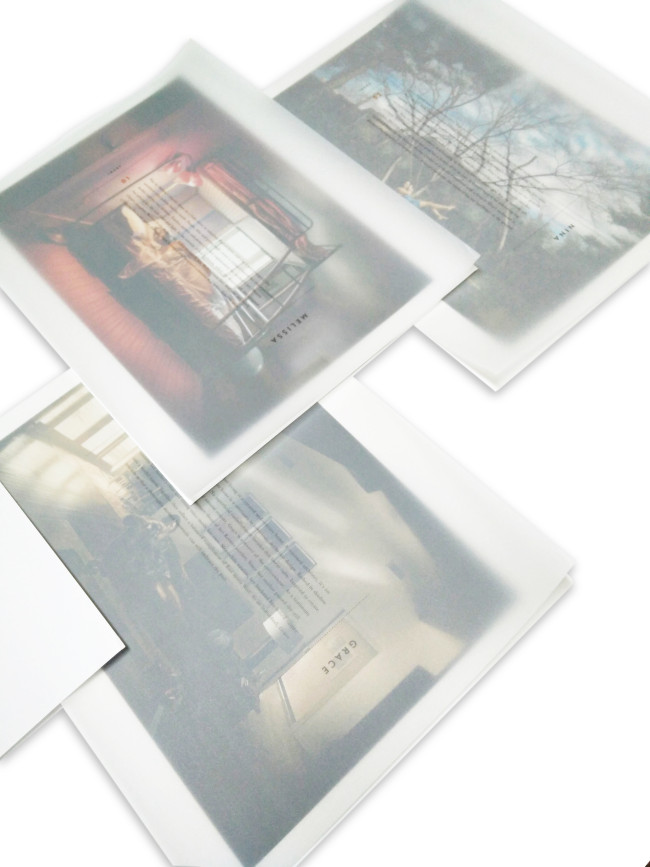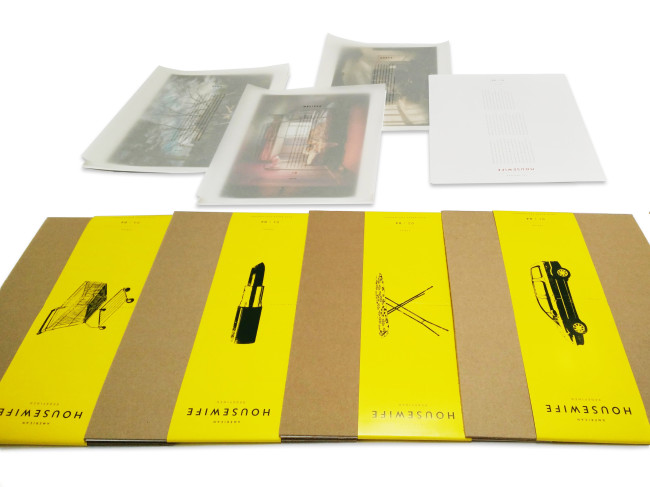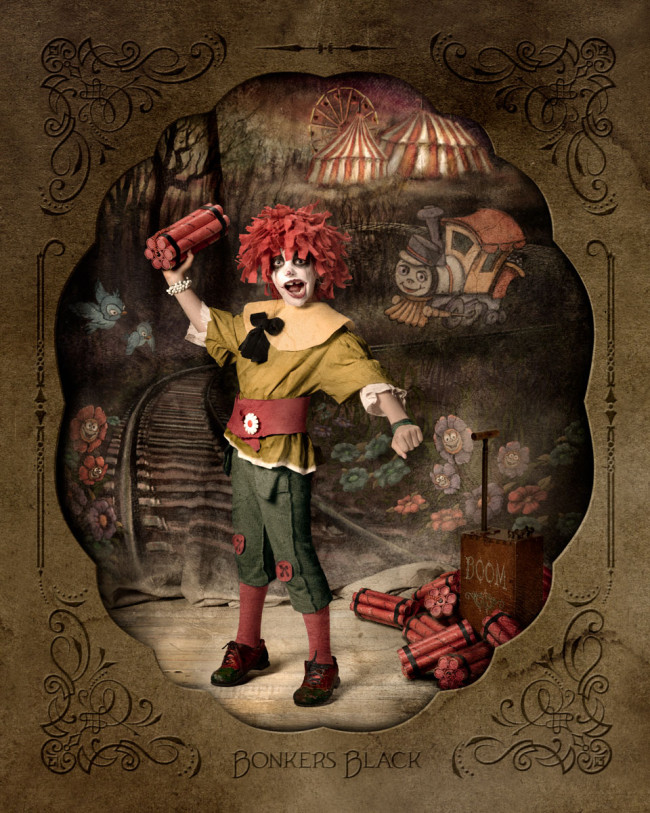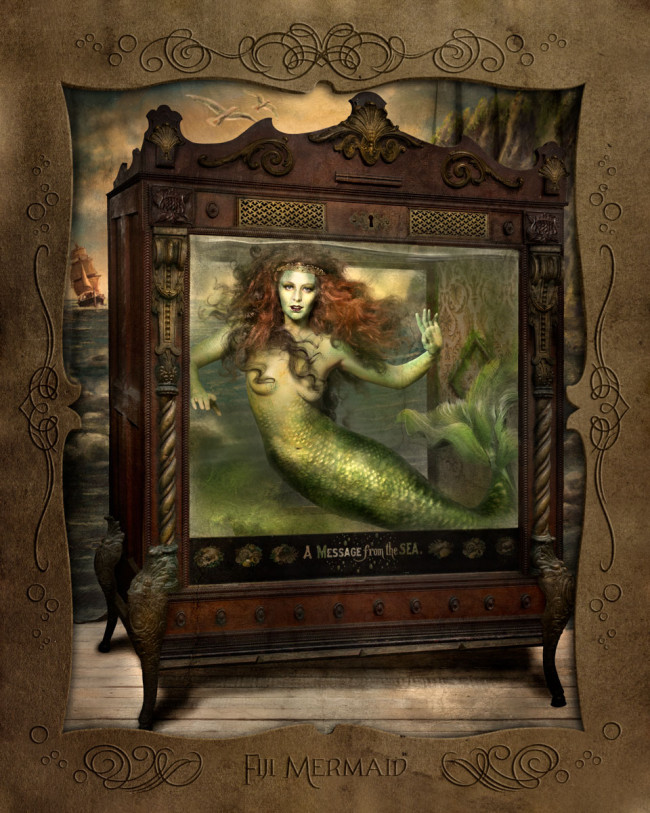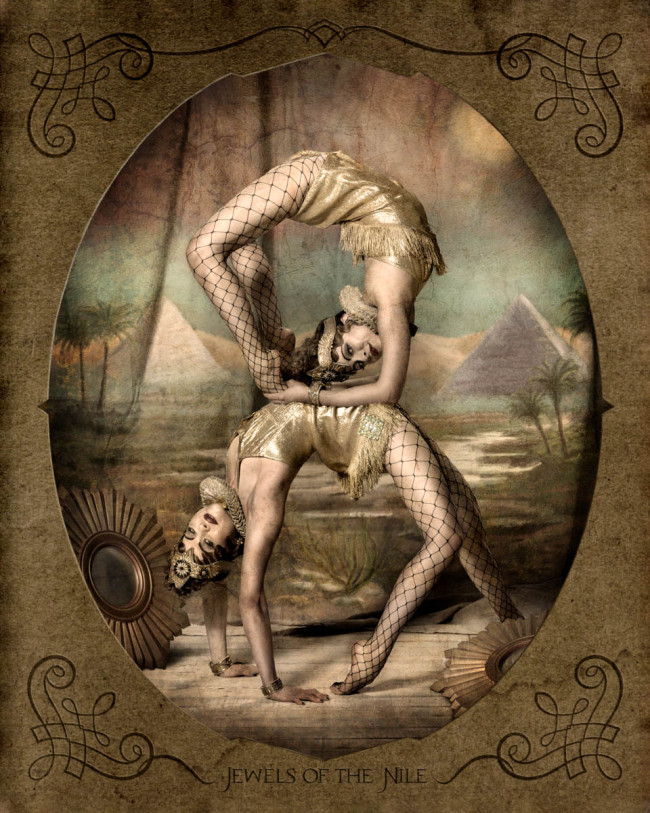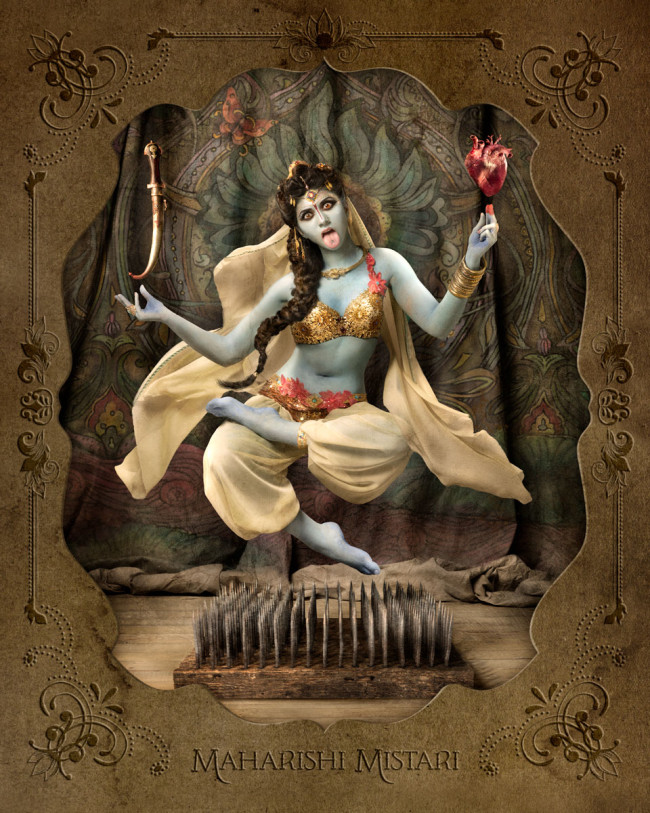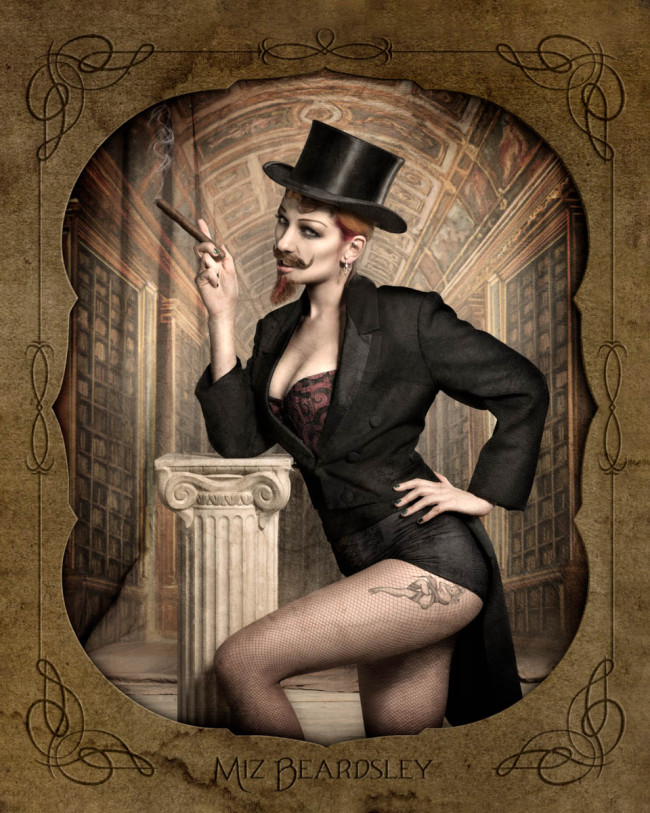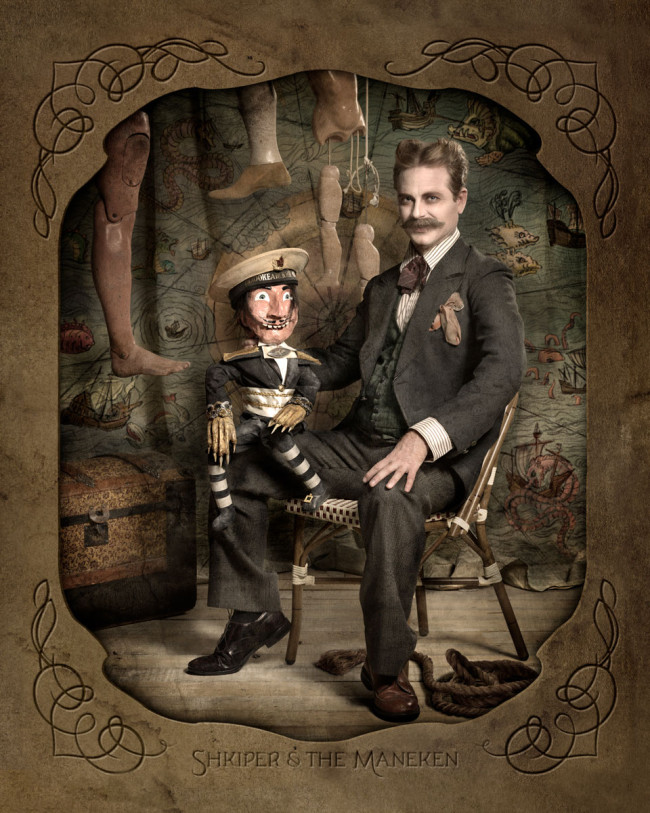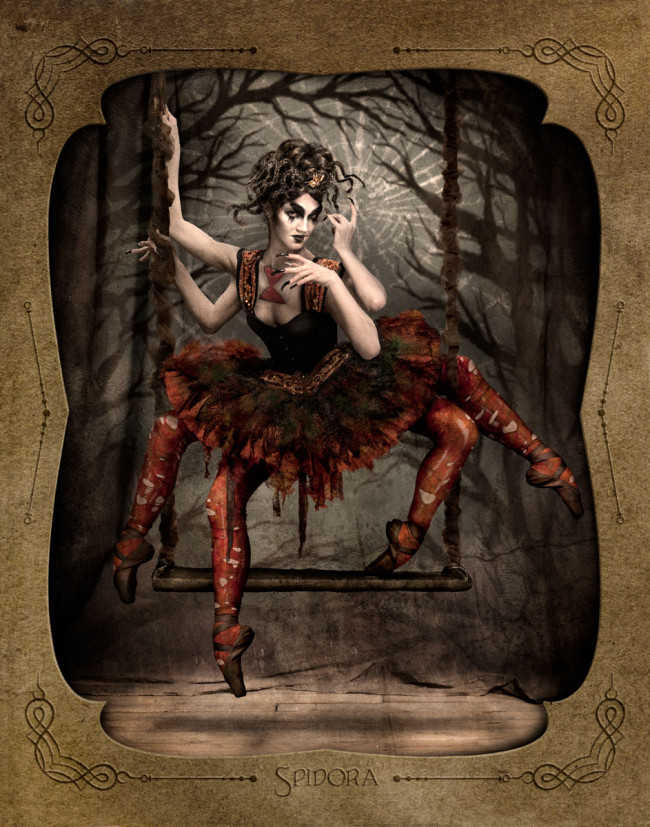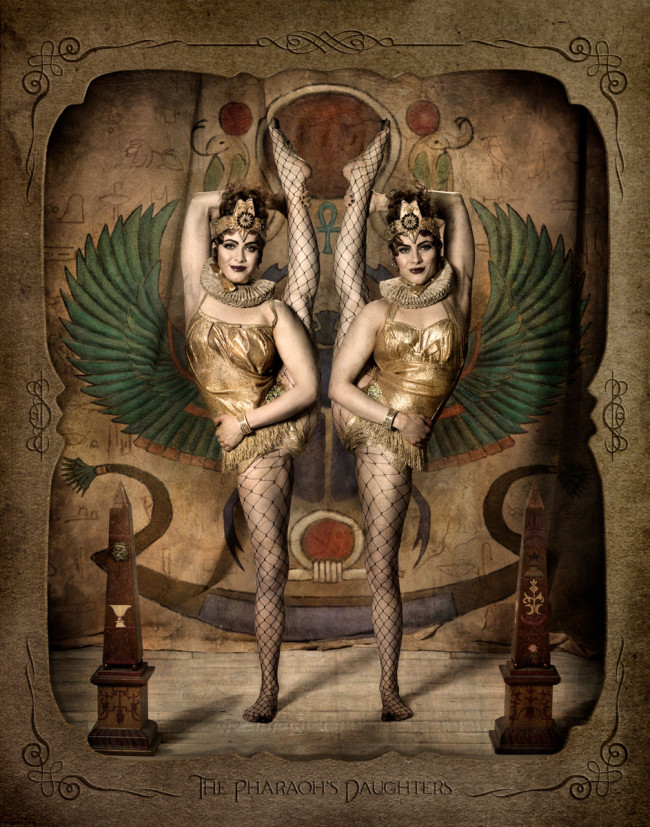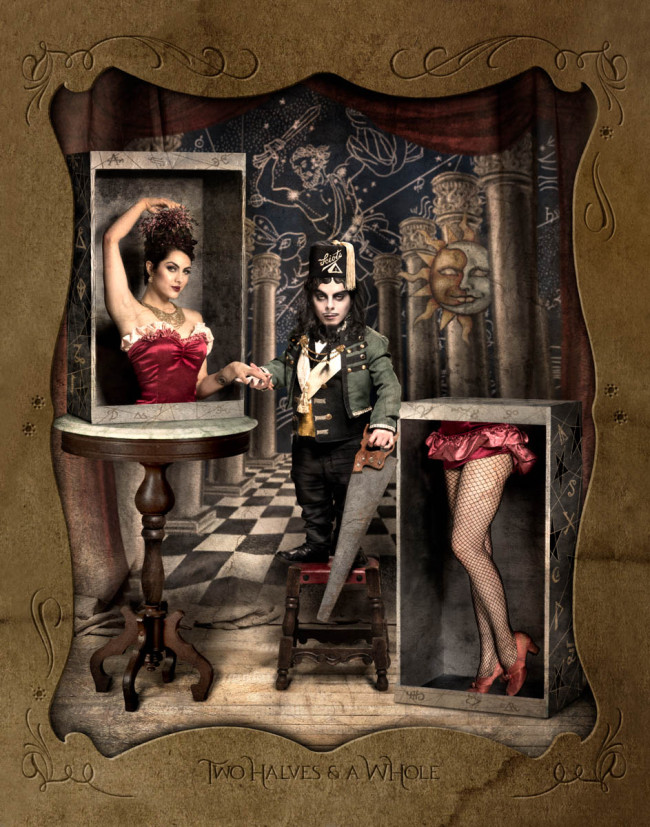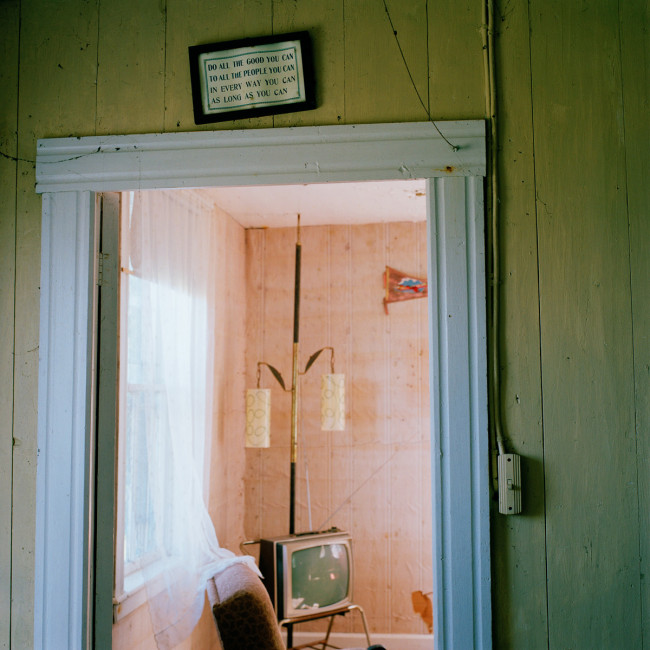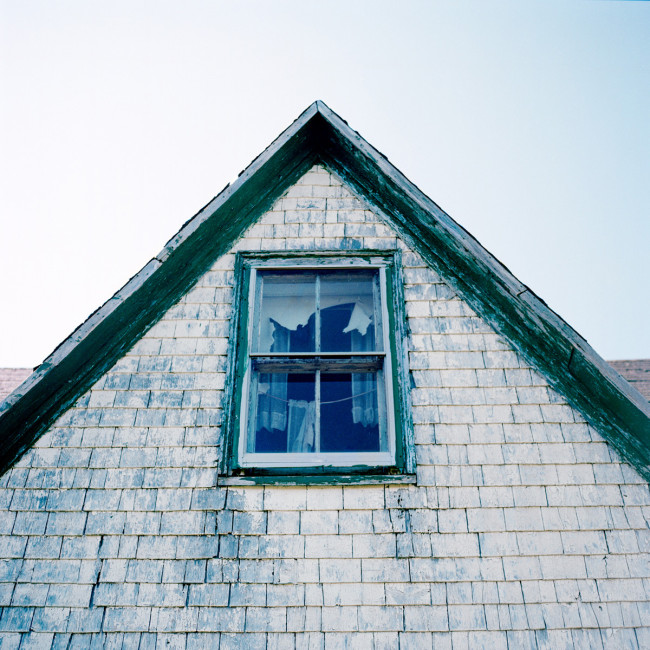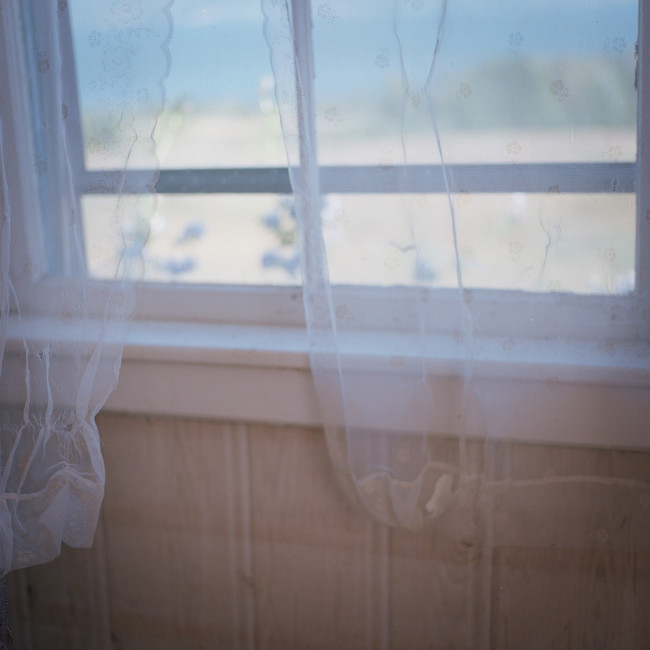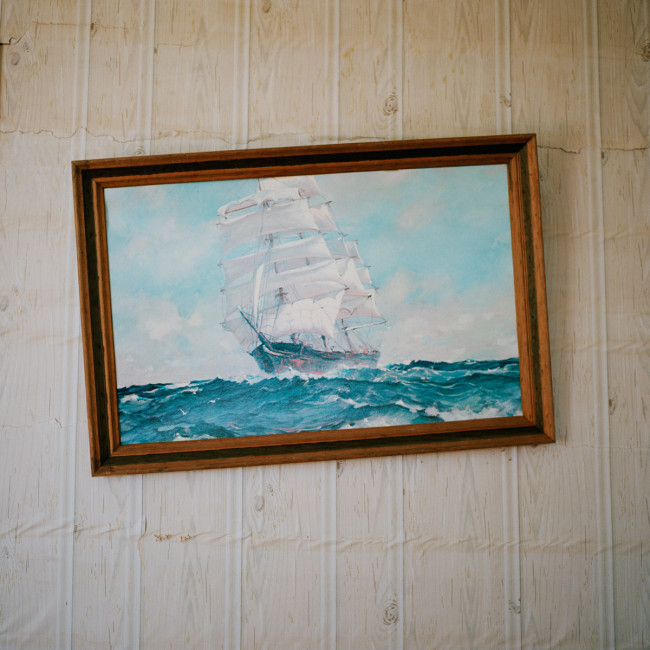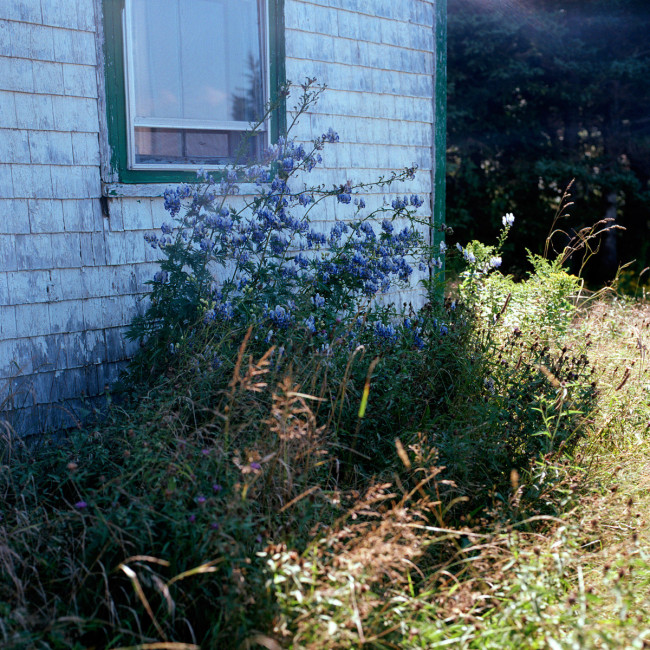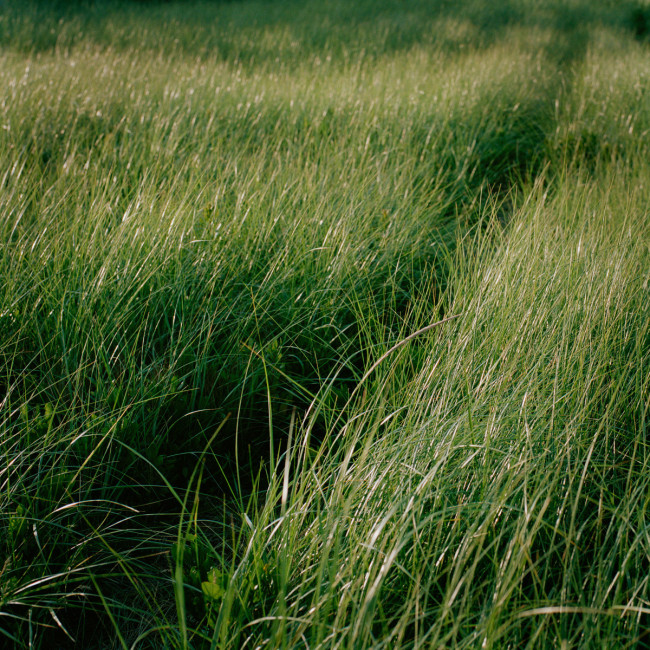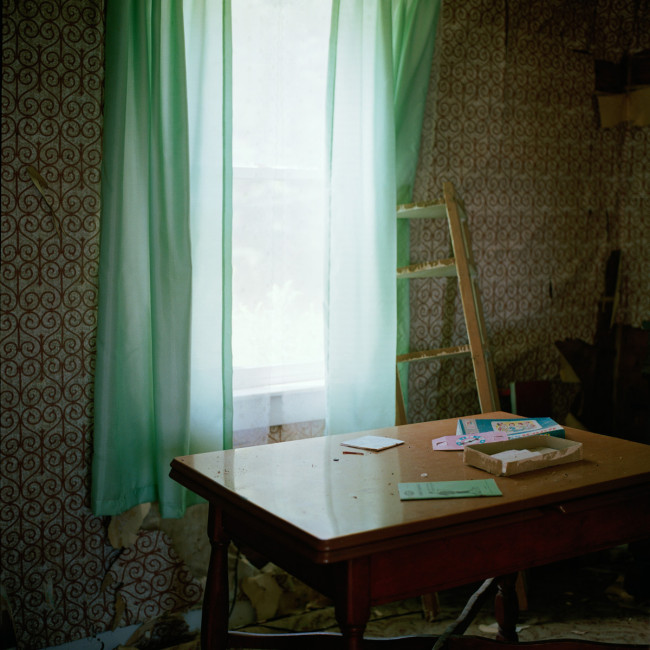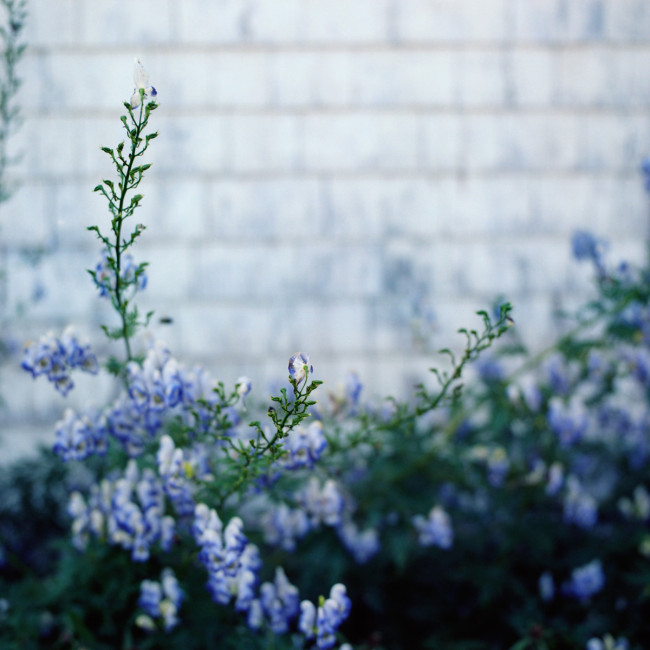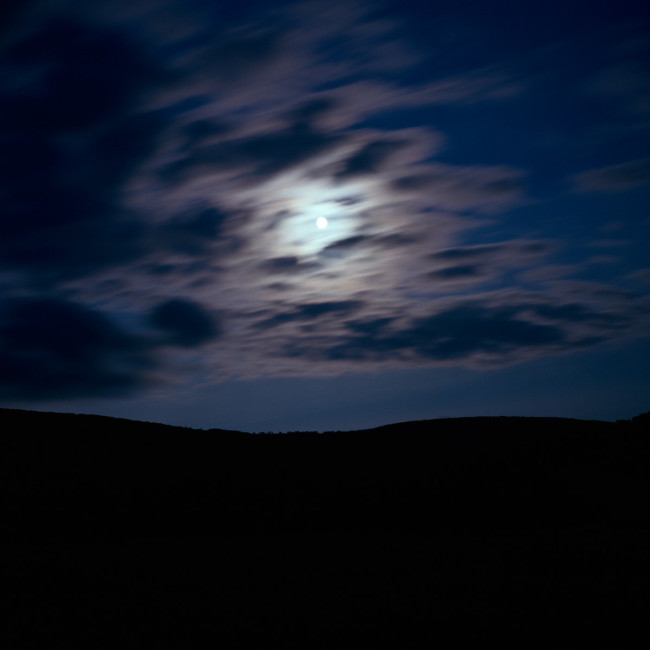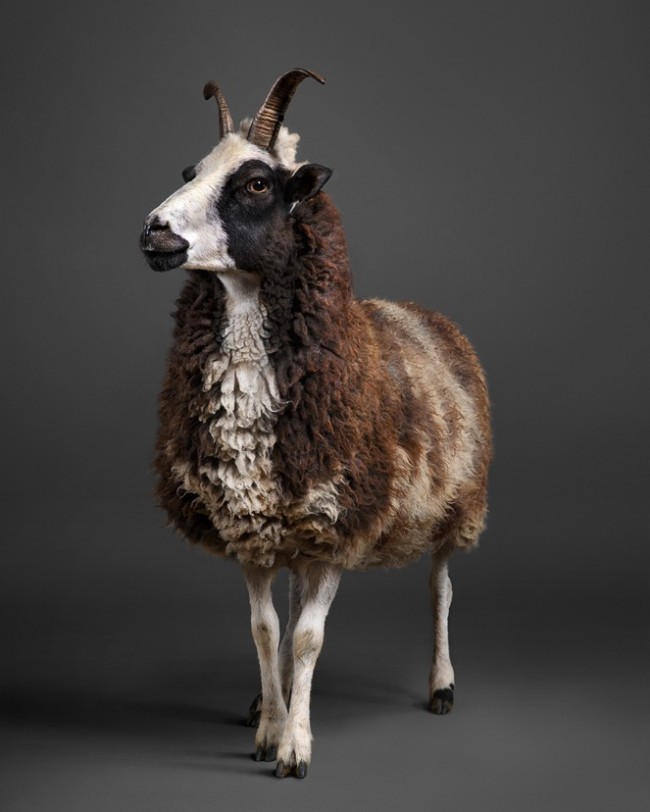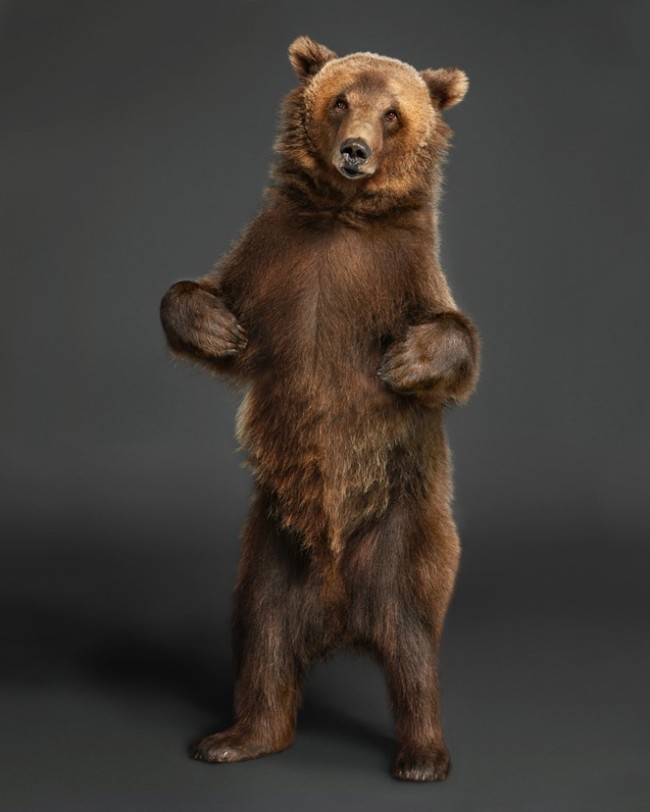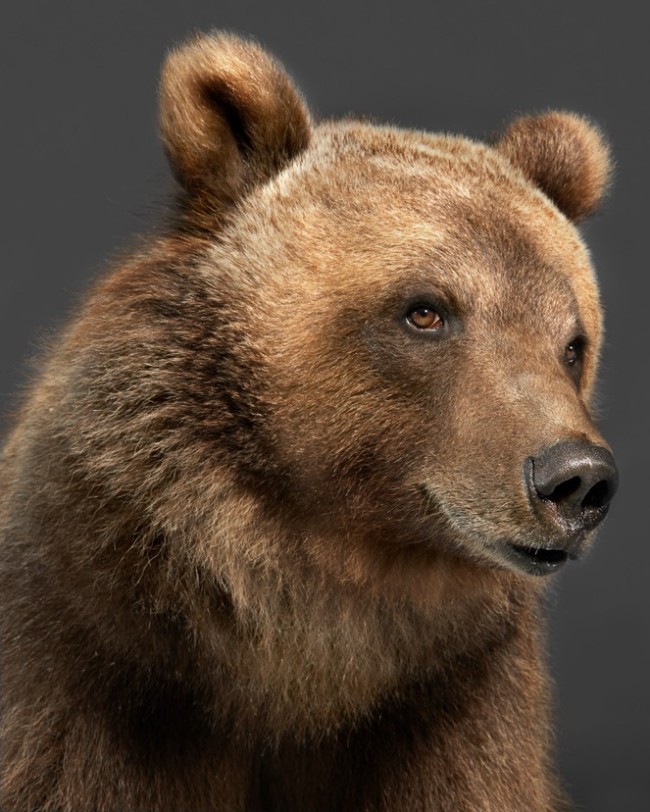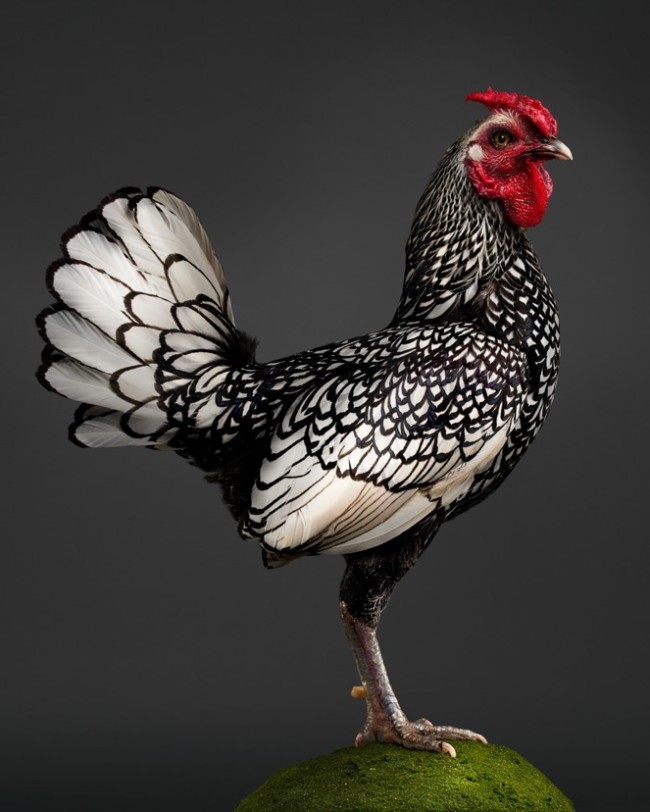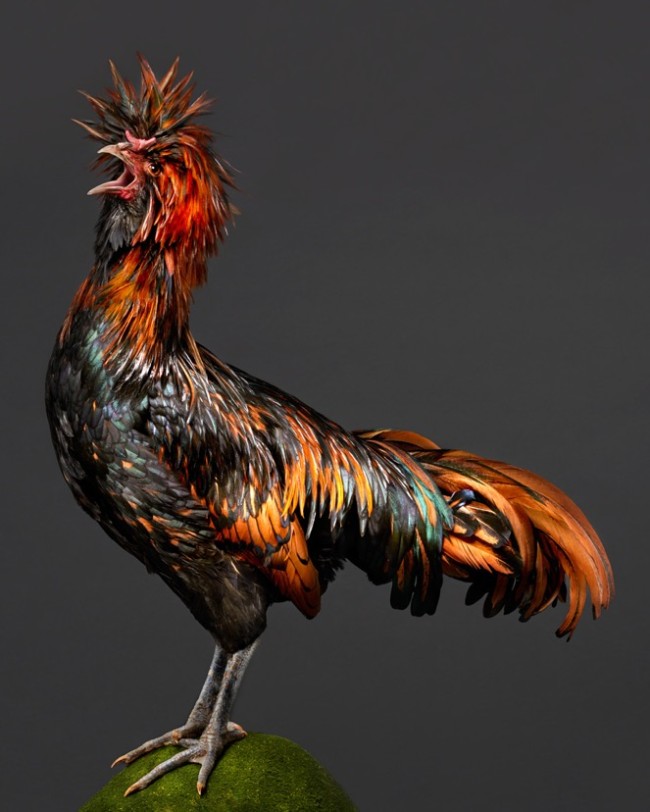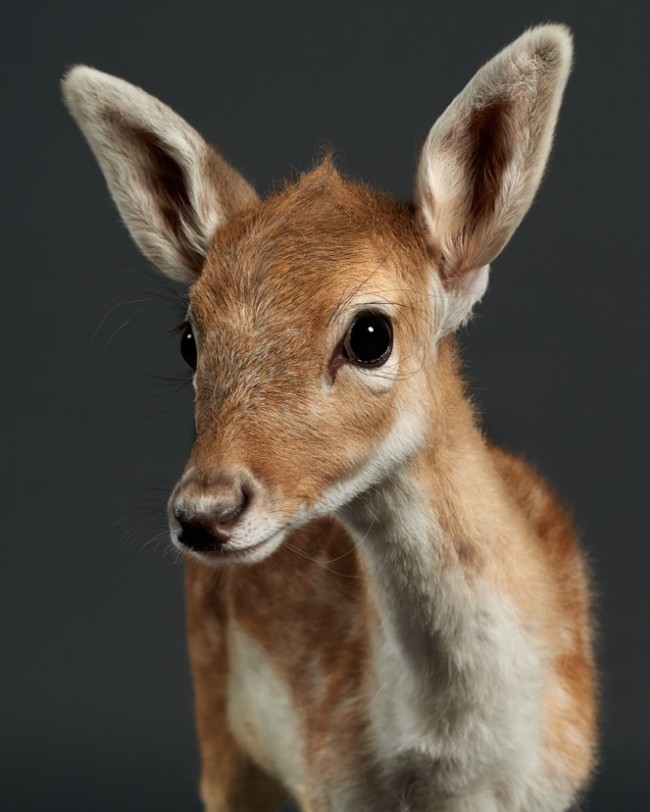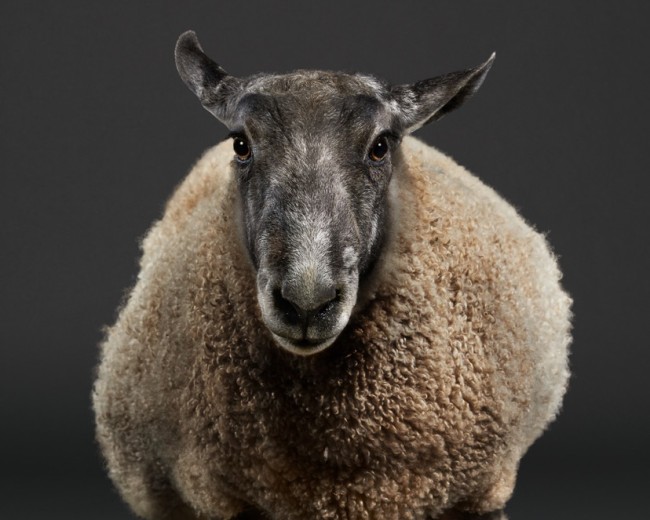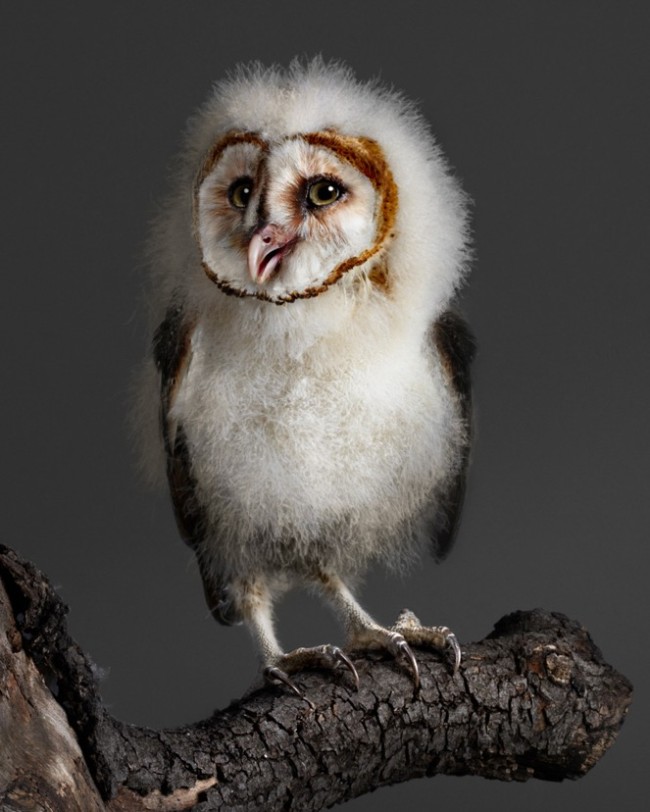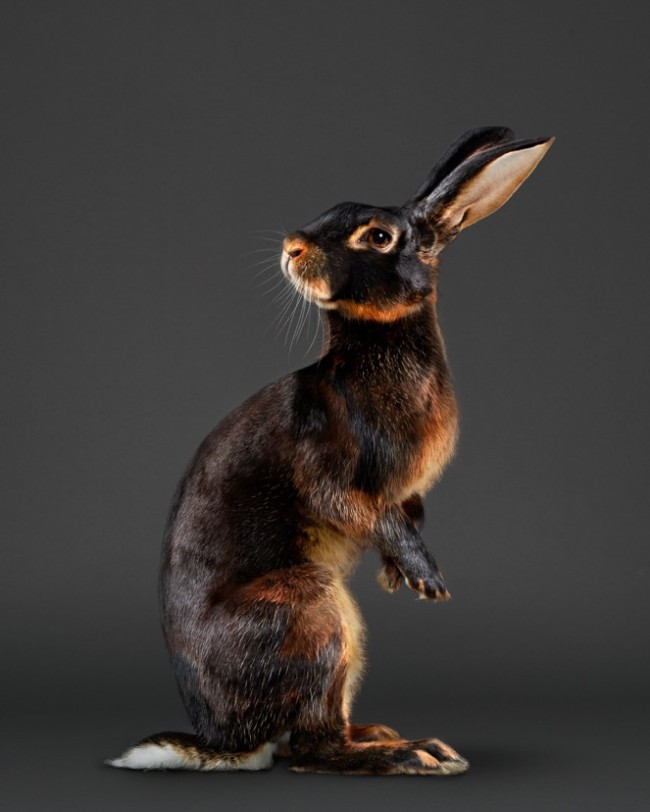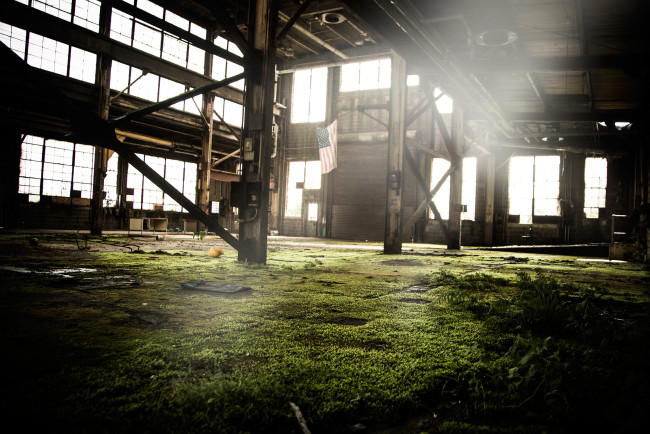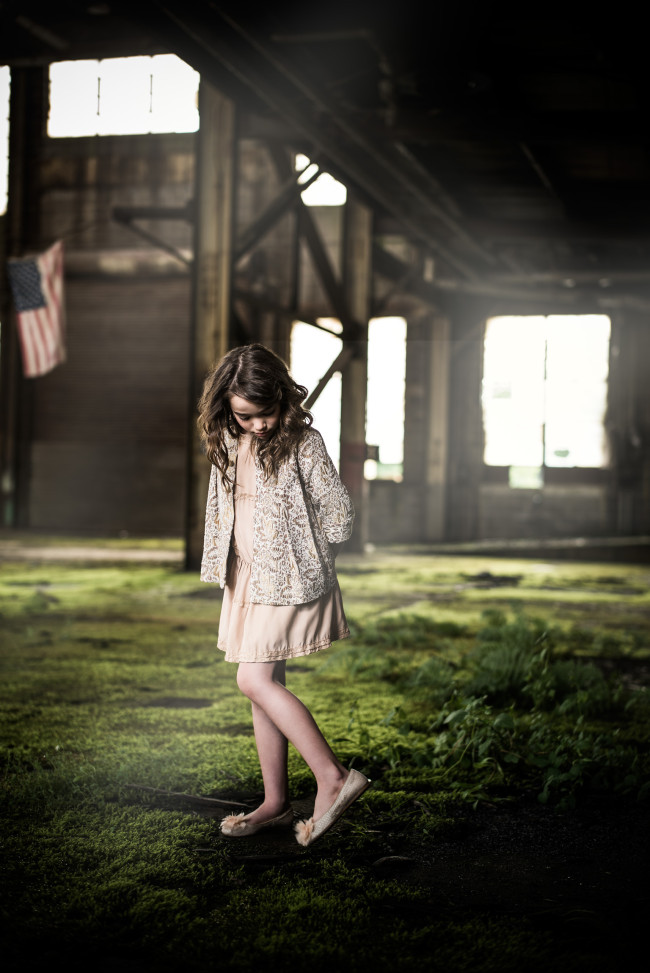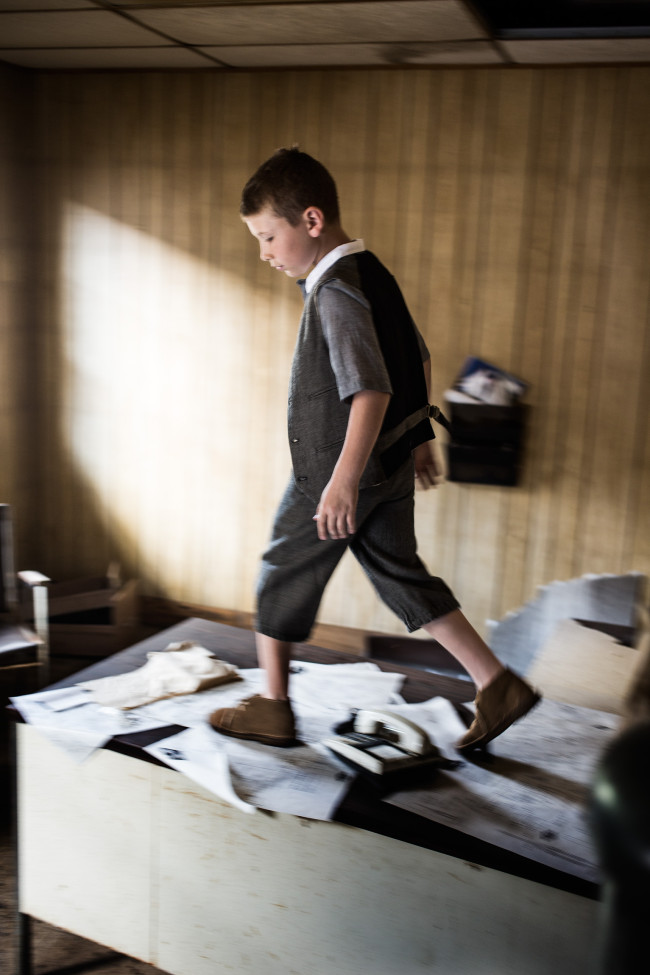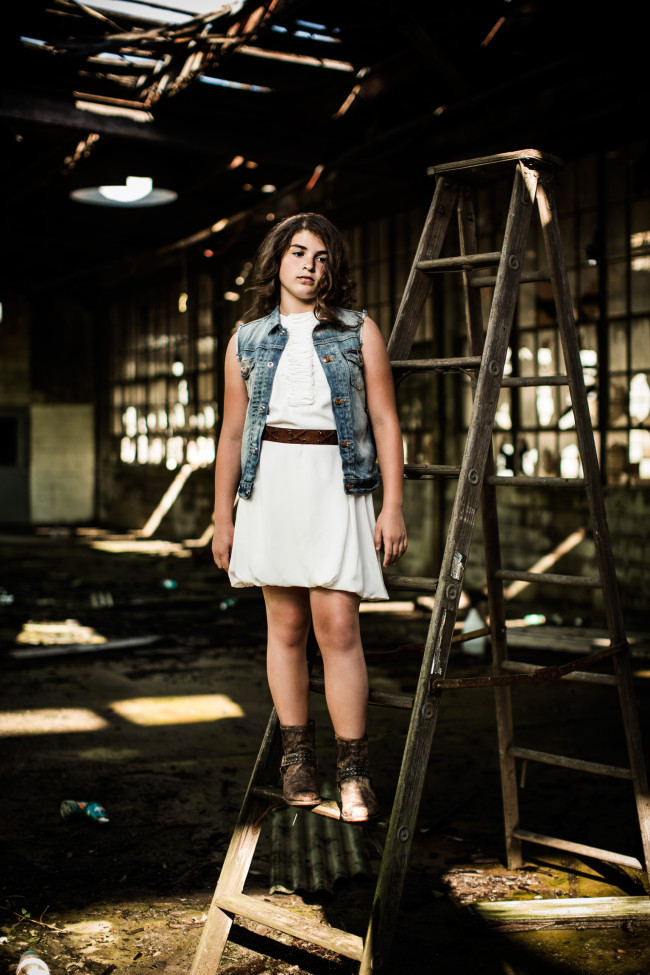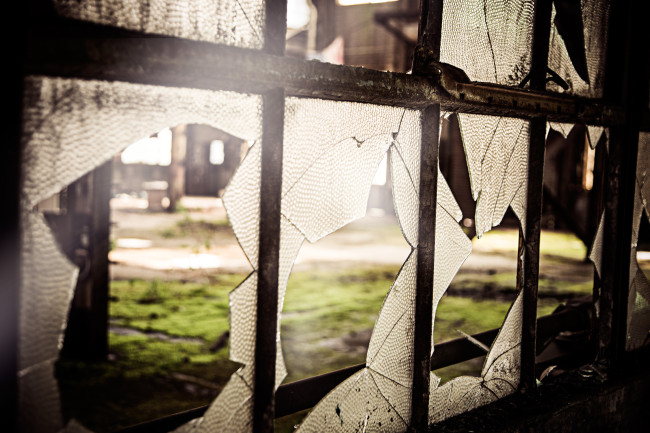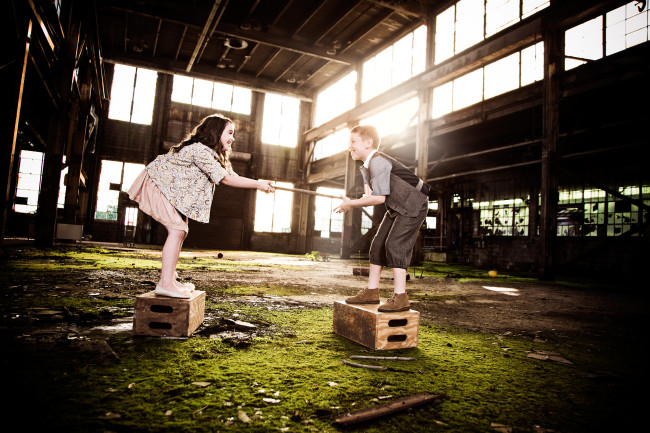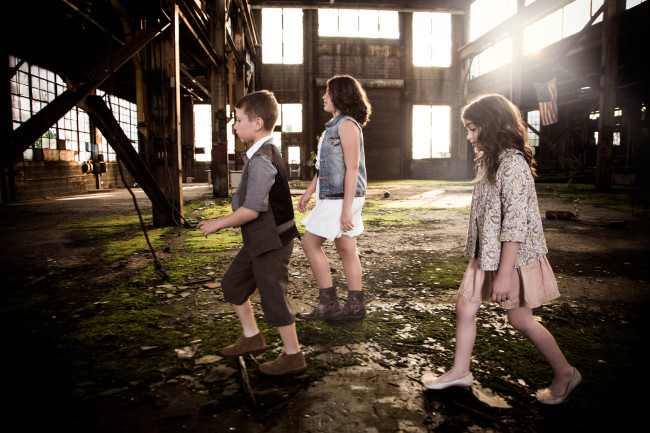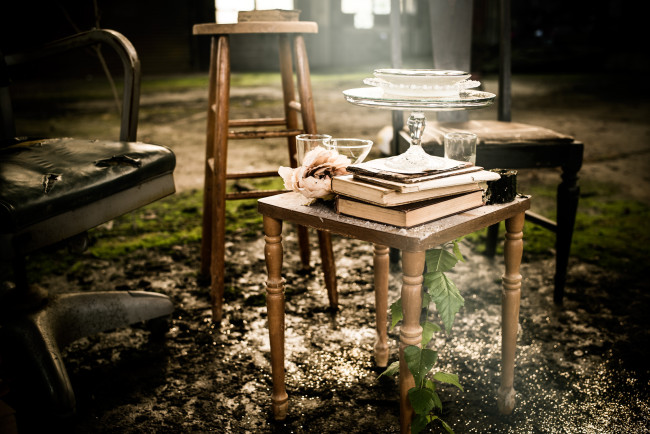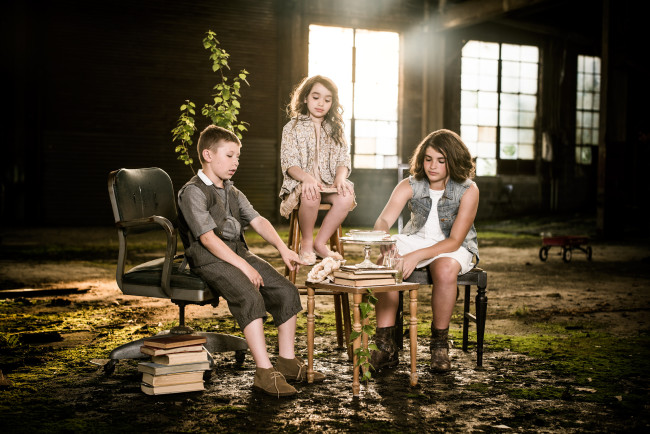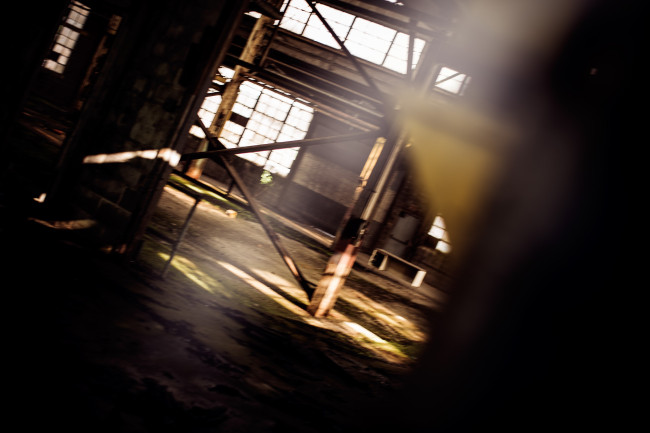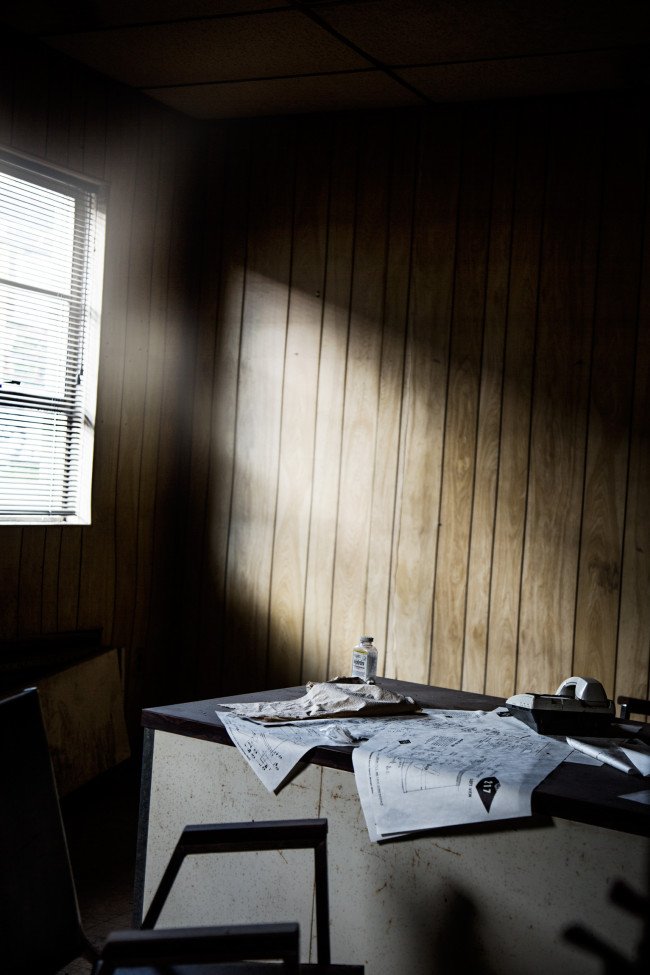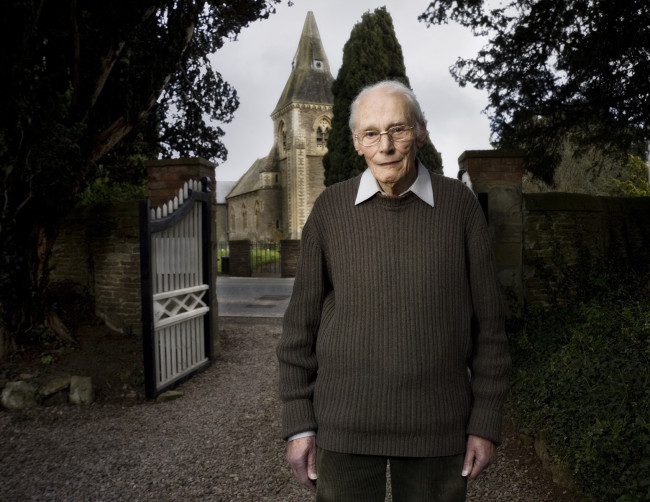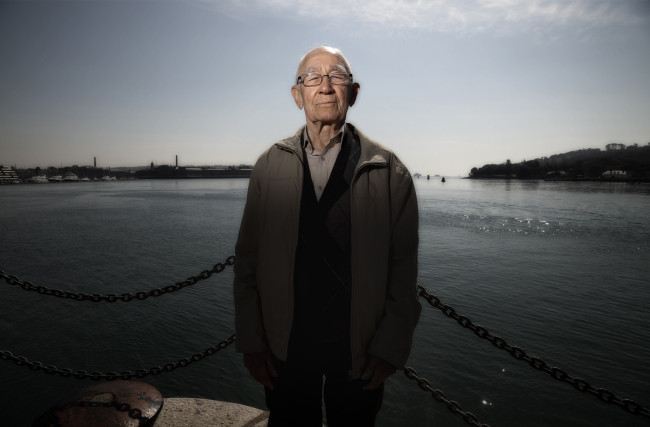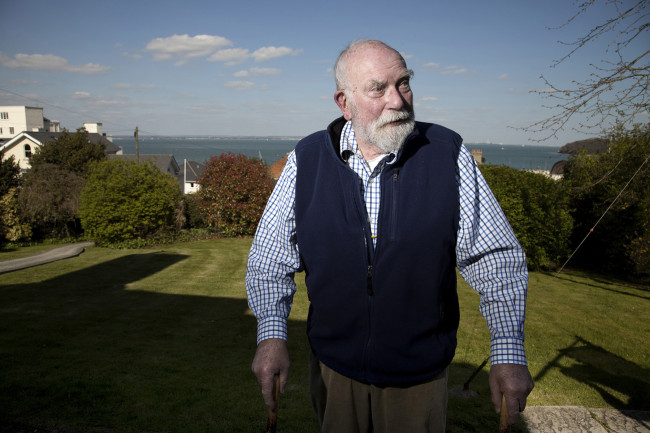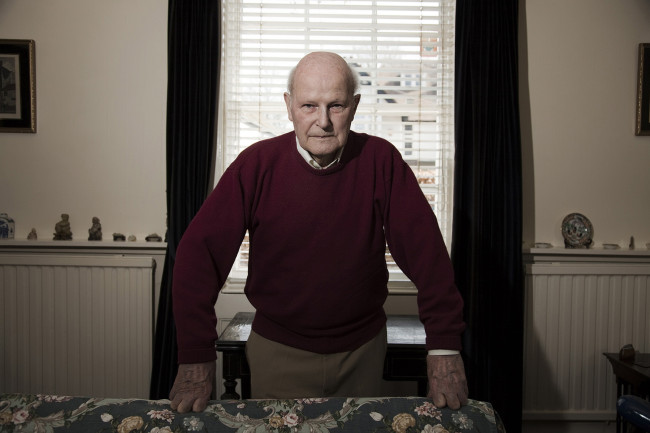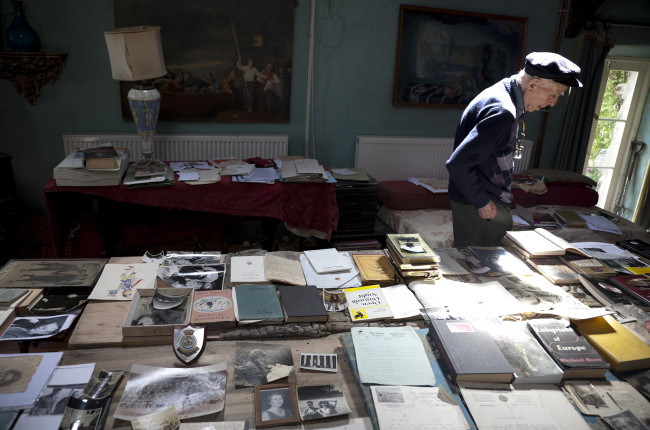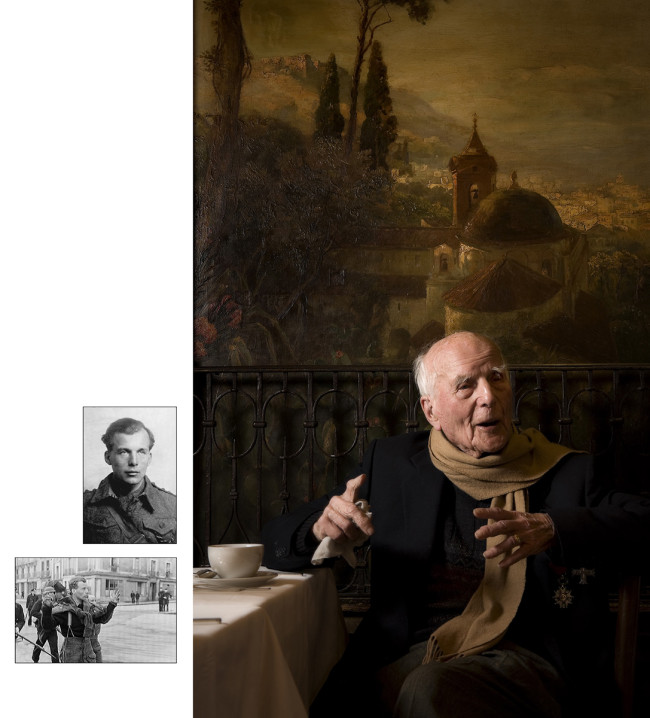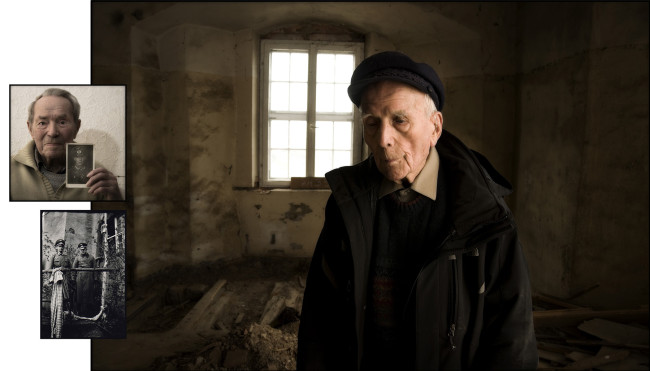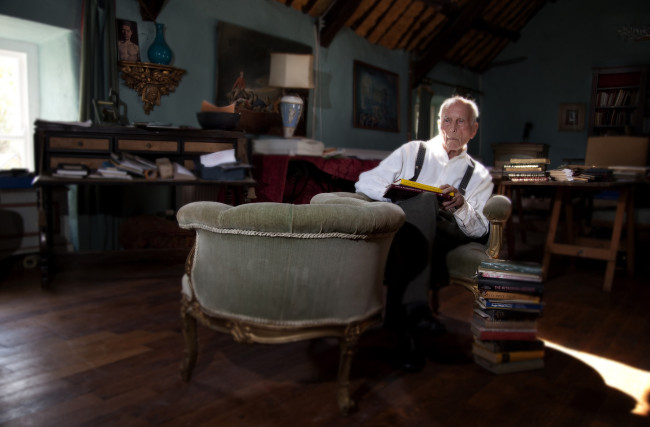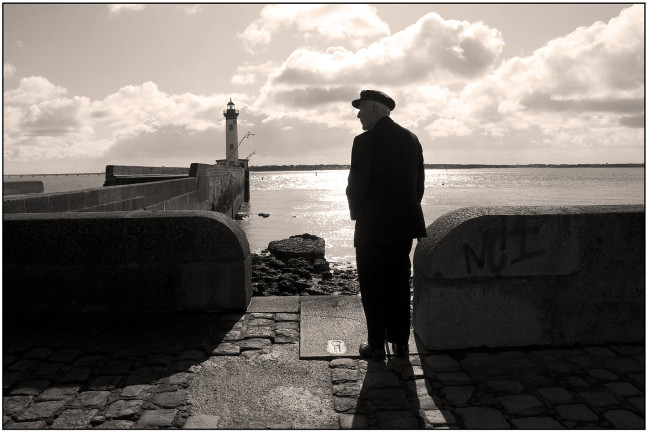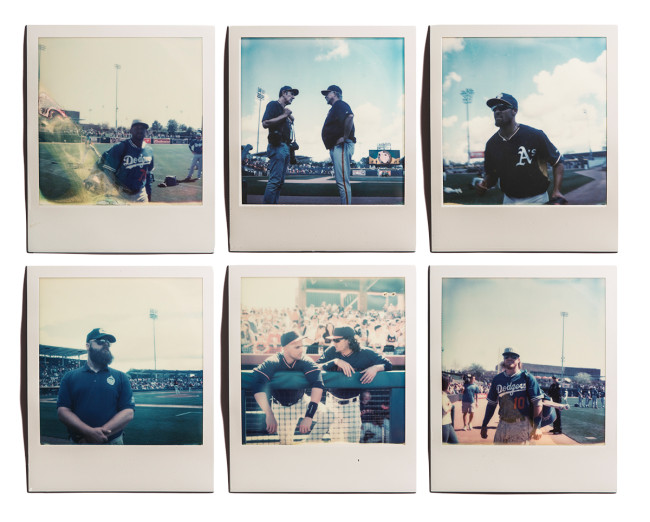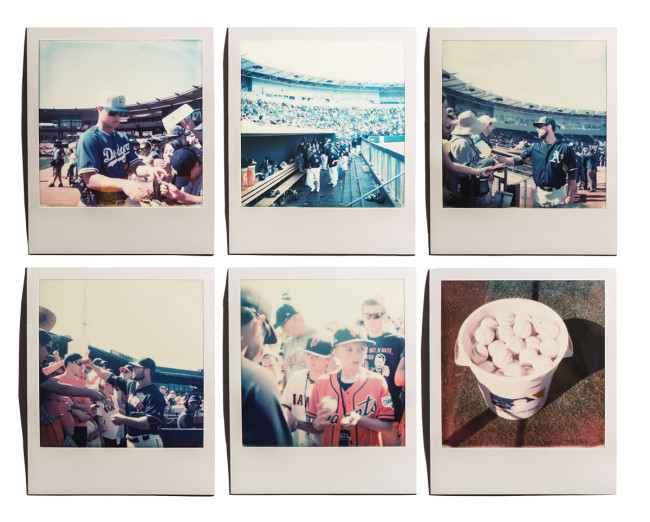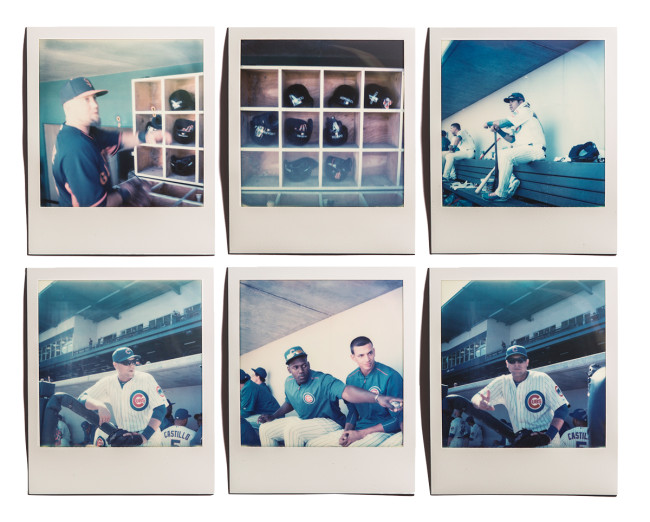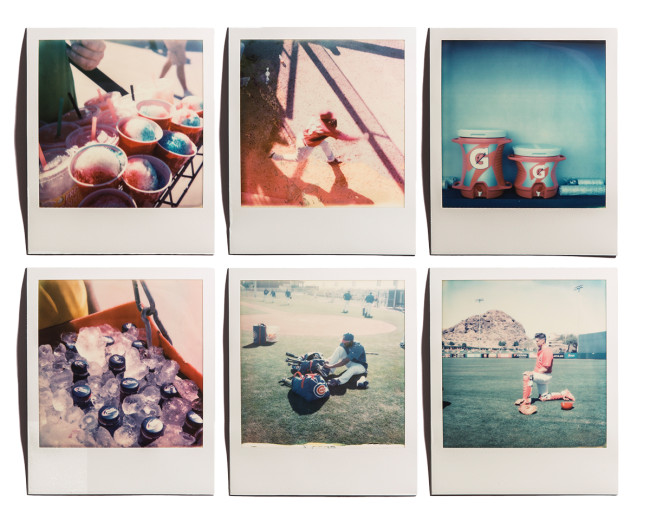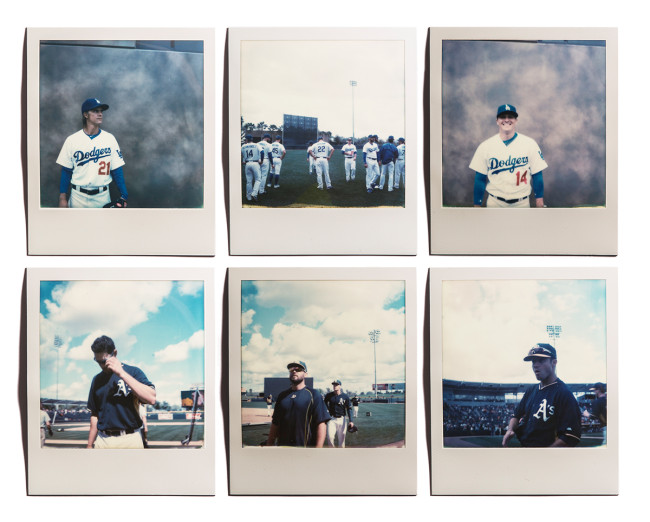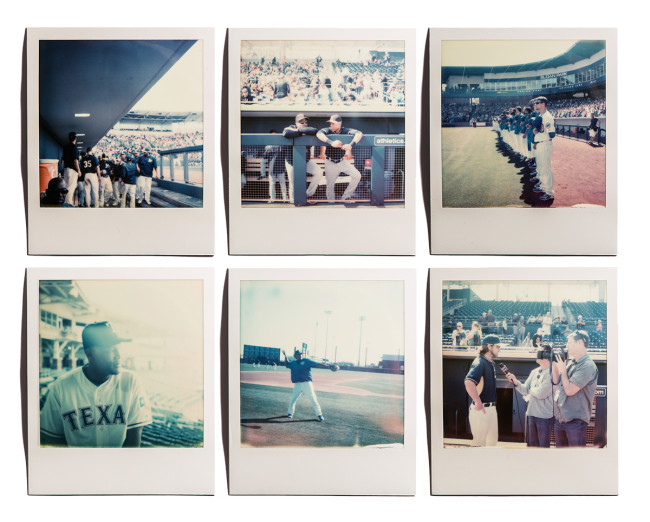As a former Art Producer, I have always been drawn to personal projects because they are the sole vision of the photographer and not an extension of an art director, photo editor, or graphic designer. This new column, “The Art of the Personal Project” will feature the personal projects of photographers using the Yodelist marketing database. You can read their blog at http://yodelist.wordpress.com. Projects are discovered online and submissions are not accepted.
Today’s featured photographer is: Russ Quackenbush
How long have you been shooting?
I’ve been shooting professionally for 20 years.
Are you self-taught or photography school taught?
I have a BFA from the Art Institute of Boston now called Lesley College of Art and Design.
With this particular project, what was your inspiration to shoot it?
My wife at the time had a storefront space on Lincoln Blvd in Santa Monica, CA. I stopped by one day while she was prepping for a job and noticed a decent amount of interesting people walking by. I learned that some of the people were getting their car washed on one side and walking buy to Starbucks on the other side. I ended up renting a space next to hers for a short period of time. So I set up a backdrop and one light and decided to photograph these people as they were passing by. I offered them 5 dollars to answer 5 questions and then sit for four minutes. Which turned into 5 minutes of total time. The inspiration was that I got to meet all these cool people that I might have never otherwise.
How many years have you been shooting this project before you decided to present it?
I only worked on it off and on for about 6 months. Then I moved out of the space and haven’t touched it since.
How long do you spend on a personal project before deciding if it is working?
That a great question! It’s something I’ve struggled with throughout my career. Not the knowing if I like it part, but the continuation of completion. I tend to get tired of projects that I start and move on. They never end, but just go dormant. I have several projects that I’d like to continue at some point. To answer your question, I guess if I like it enough to hang it on my wall then it’s working for me.
Since shooting for your portfolio is different from personal work, how do you feel when the work is different?
I don’t see the two as being different. I shoot what I like and then it goes into the portfolio. Not all my personal projects are a perfect fit for the portfolio, but I’ll still put them up online for a little while. It’s really important to follow that inspiration your feeling because it will always bring something new to your work. My Wild Kingdom series isn’t in my portfolio, but it’s something I enjoy shooting and now I have some images for my wall.
Have you ever posted your personal work on social media venues such as Reddit, Tumblr, Instagram or Facebook?
I tend to use social media more as a timeline of my personal life than for marketing. Some stuff goes up on Facebook but it’s pretty small in comparison to my personal stuff.
If so, has the work ever gone viral and possibly with great press?
Not as of yet! Perhaps, this post could be the first to get that ball rolling :-)
Have you printed your personal projects for your marketing to reach potential clients?
All the time! That’s the most important thing for any photographer. Show your personal work.
————————
Russ Quackenbush creates visual images of humanity that reflect the qualities we cherish most in each other. In his portraiture, he gently documents the relics of a subject’s life experiences as they unfold and present themselves in the emotions of their face, the language of their body, and the energy of their being. Russ’ photography gives us license to laugh, play, rejoice, or to mourn. It is through his images that we are led respectfully and thoughtfully into the life of another.
Emotionally charged landscape photography compliments his portraiture work. Russ embraces the powerful energy of place as presented to him in textures, tones, and colors. Through these he creates a complex visual record that conveys the rich history of the site. One gets a clear sense of what has come before and what is destined to be.
It is these same sensibilities that he brings to his work in commercial advertising. Traveling throughout the United States and abroad, Russ is always inspired by new environments and motivated by new challenges. Ultimately, it is his love of photography that is reflected in final result.
Upon starting his business in 1996, he has received a myriad of awards from the Photography and Advertising Annuals of Communication Arts, The Ad Club, and The One Show. Creativity Magazine, Archive, and Photo District News have all featured Russ and his work. It was 2001, that Photo District News distinguished Russ in their “30 Under 30”, presenting him as a young talent worth keeping an eye on. He has certainly lived up to that prediction.
APE contributor Suzanne Sease currently works as a consultant for photographers and illustrators around the world. She has been involved in the photography and illustration industry since the mid 80s, after establishing the art buying department at The Martin Agency then working for Kaplan-Thaler, Capital One, Best Buy and numerous smaller agencies and companies. She has a new Twitter feed with helpful marketing information believing that marketing should be driven by a brand and not specialty. Follow her on twitter at SuzanneSease.

